-
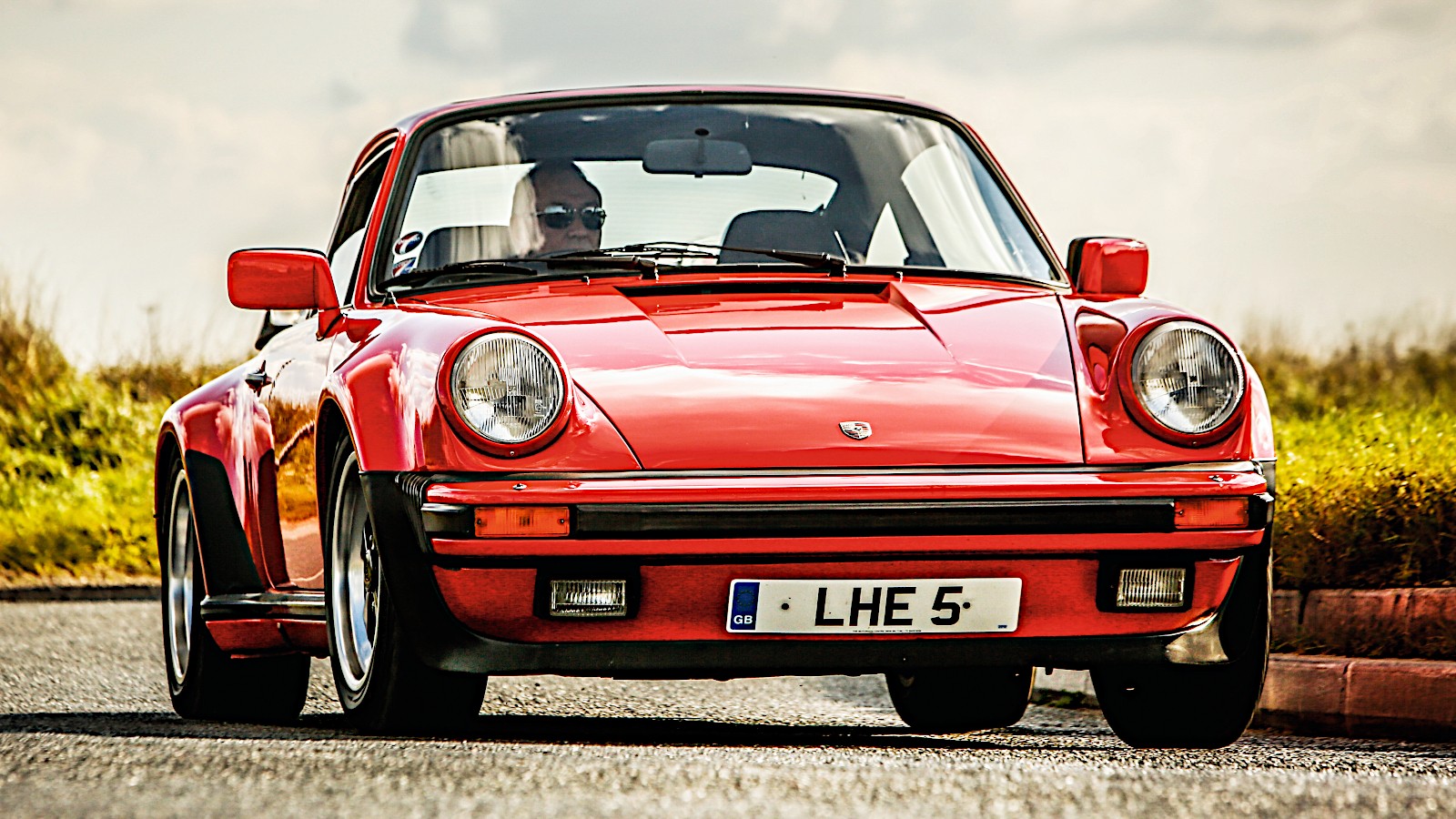 © Tony Baker/Classic & Sports Car
© Tony Baker/Classic & Sports Car -
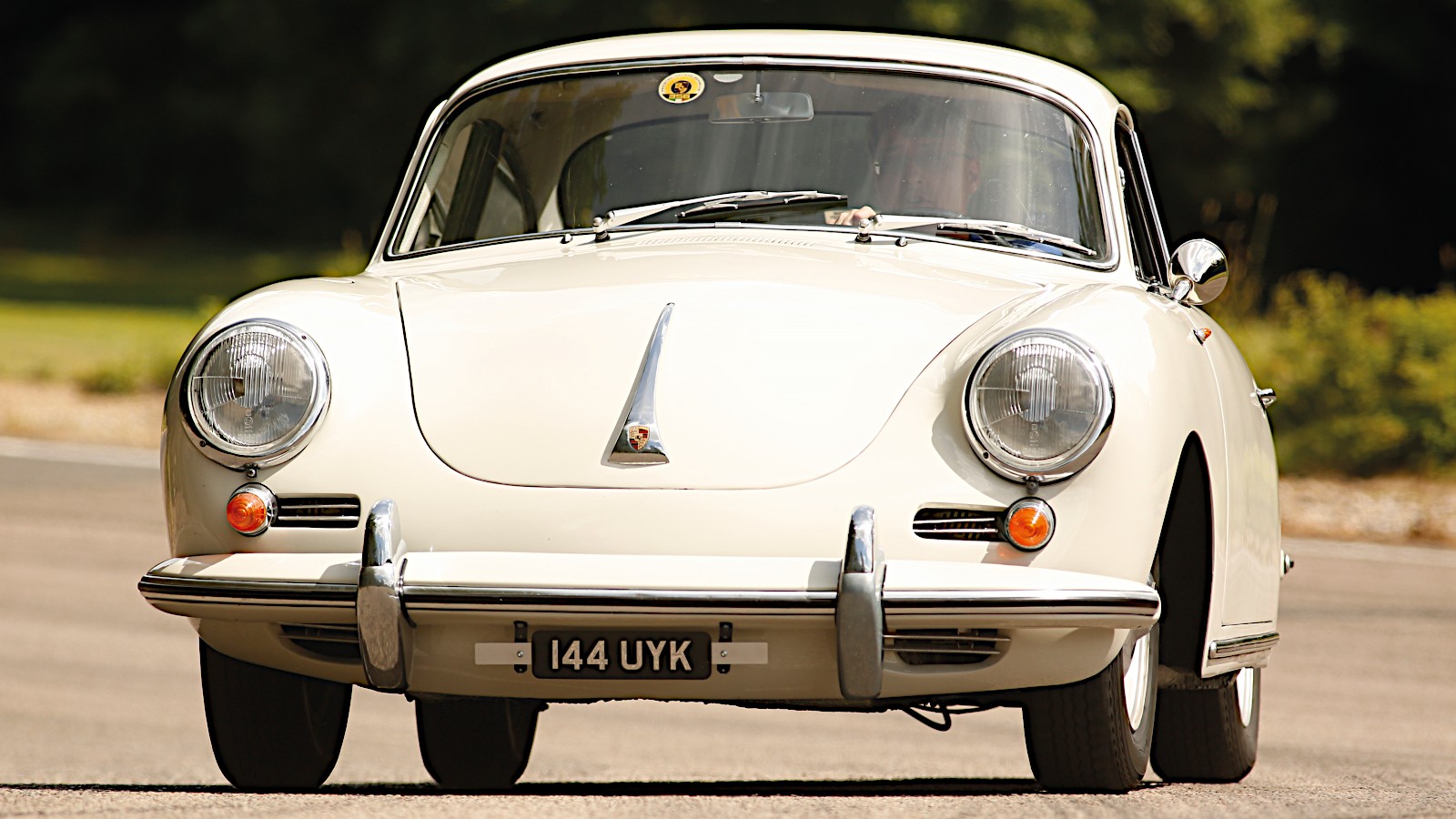 © Tony Baker/Classic & Sports Car
© Tony Baker/Classic & Sports Car -
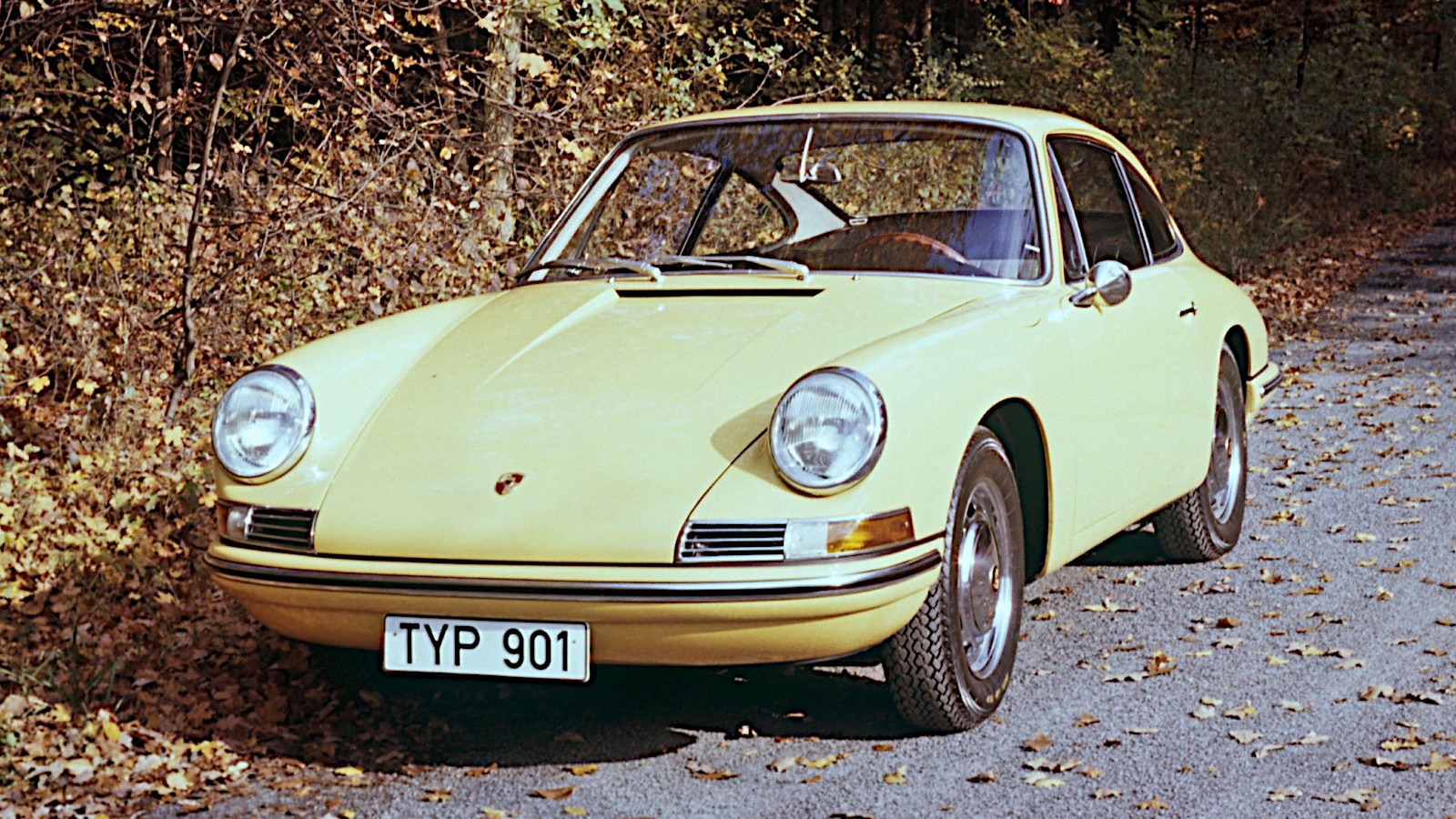 © Porsche
© Porsche -
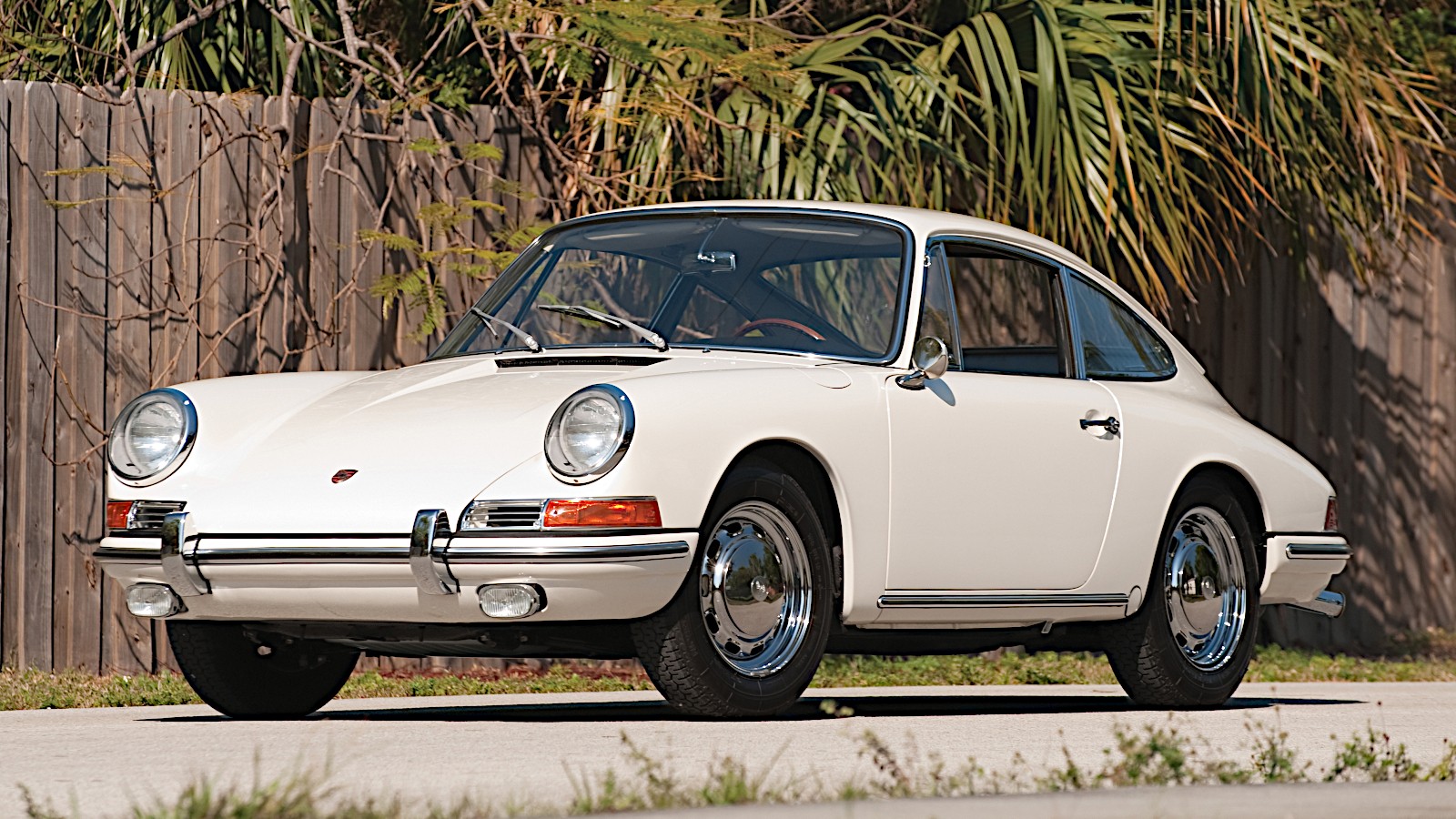 © RM Sotheby’s
© RM Sotheby’s -
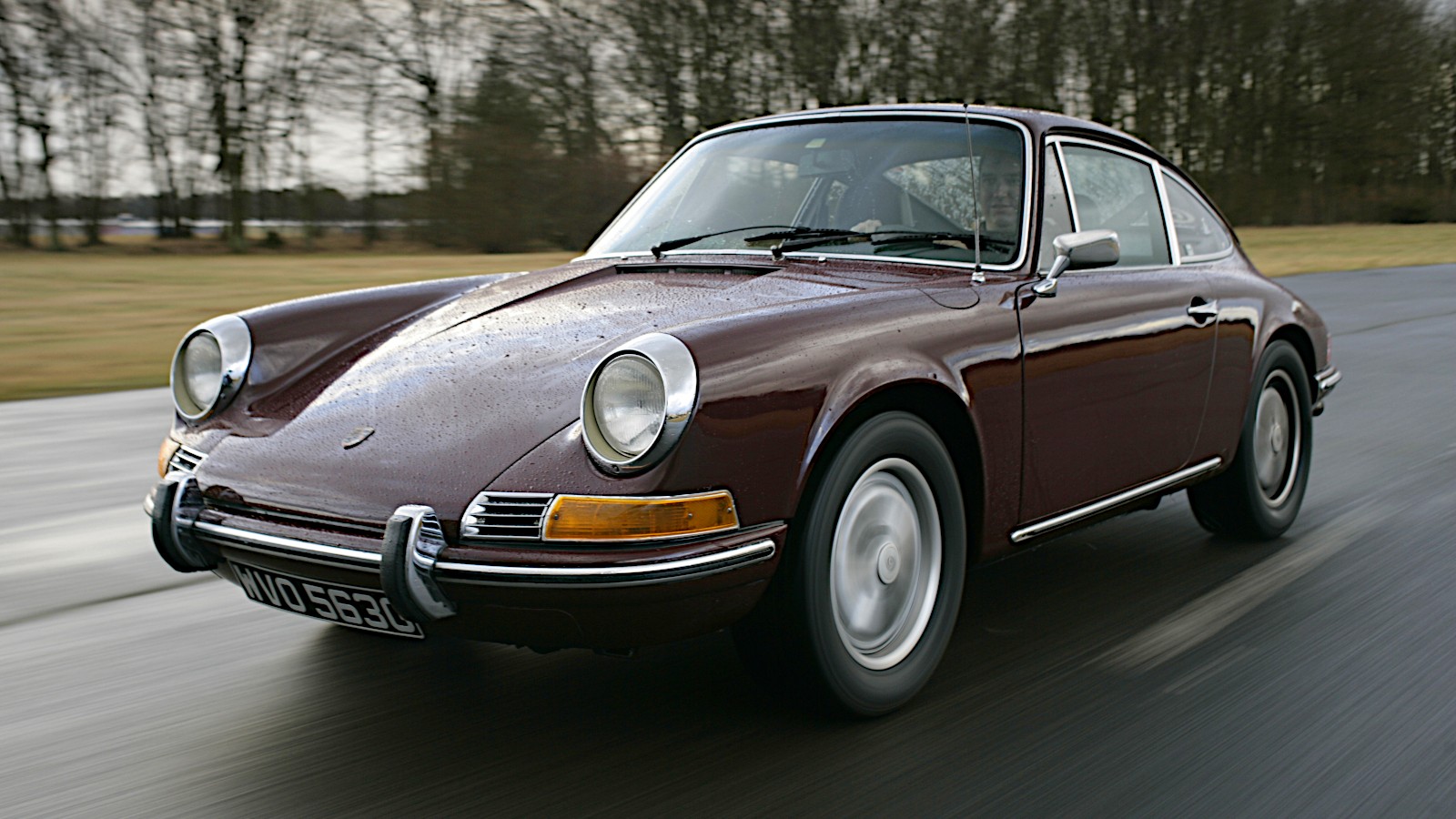 © Classic & Sports Car
© Classic & Sports Car -
 © Motorcars Studios/RM Sotheby’s
© Motorcars Studios/RM Sotheby’s -
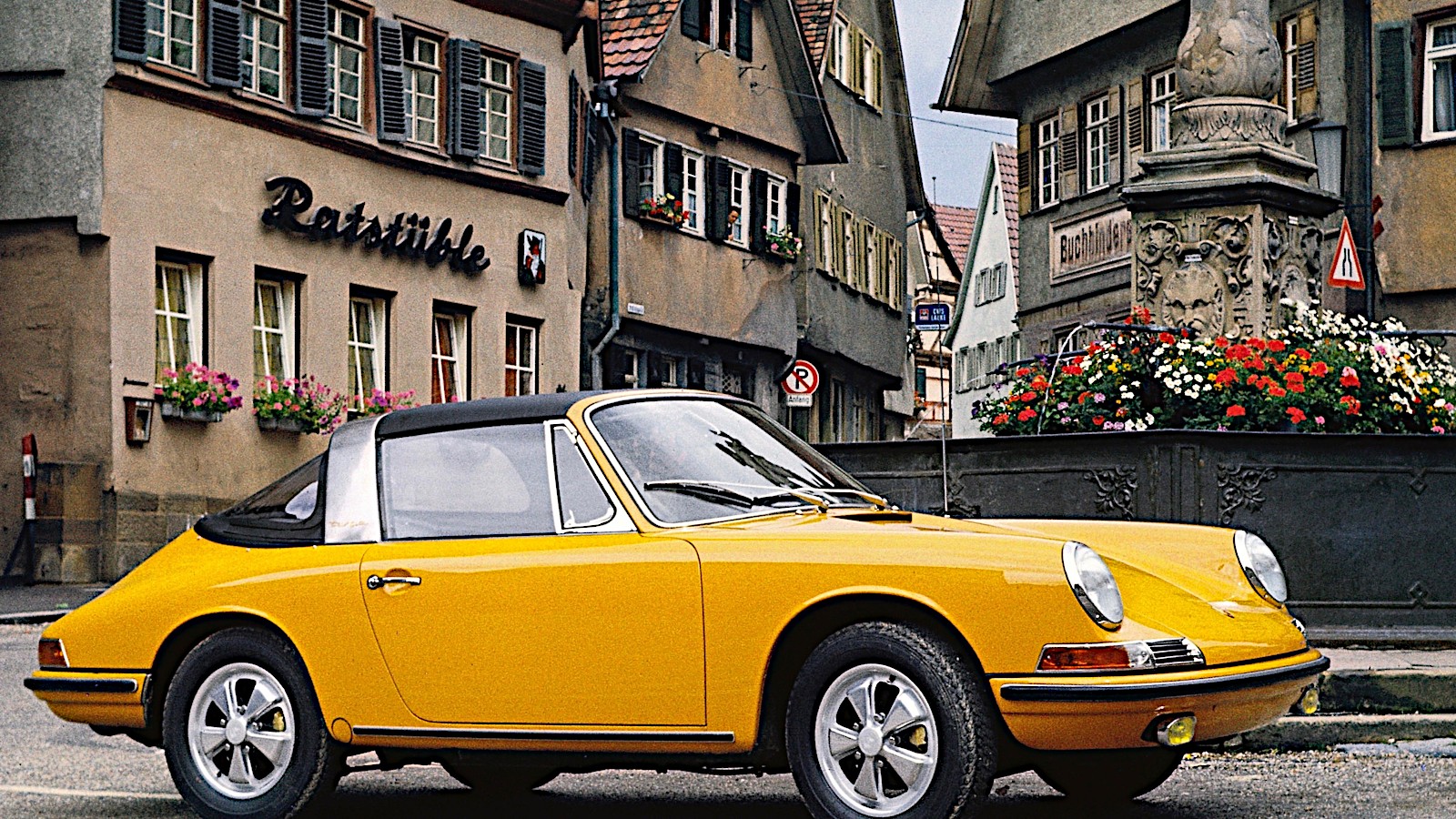 © Porsche
© Porsche -
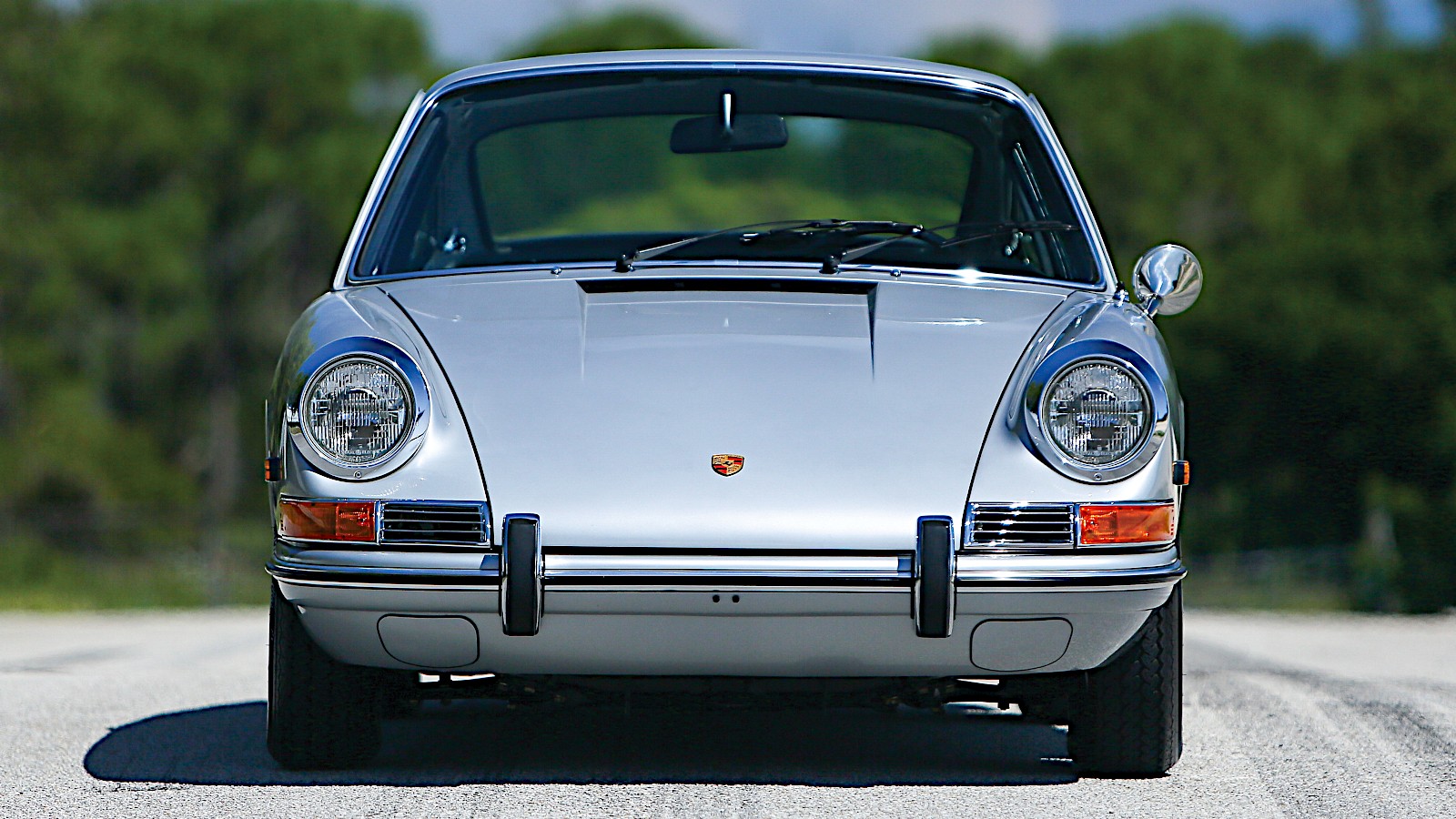 © Ryan Merrill/RM Sotheby’s
© Ryan Merrill/RM Sotheby’s -
 © Porsche
© Porsche -
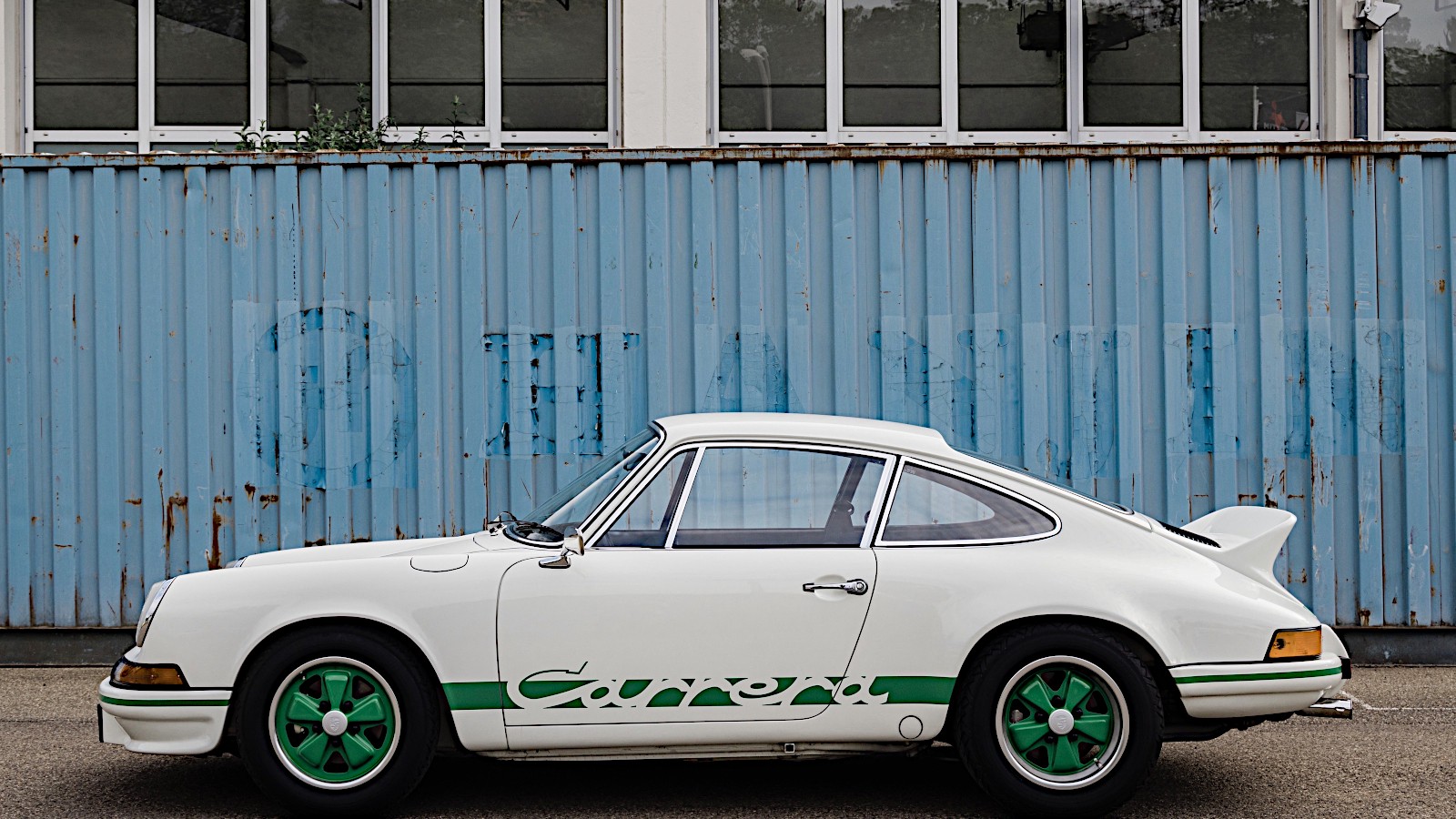 © Porsche
© Porsche -
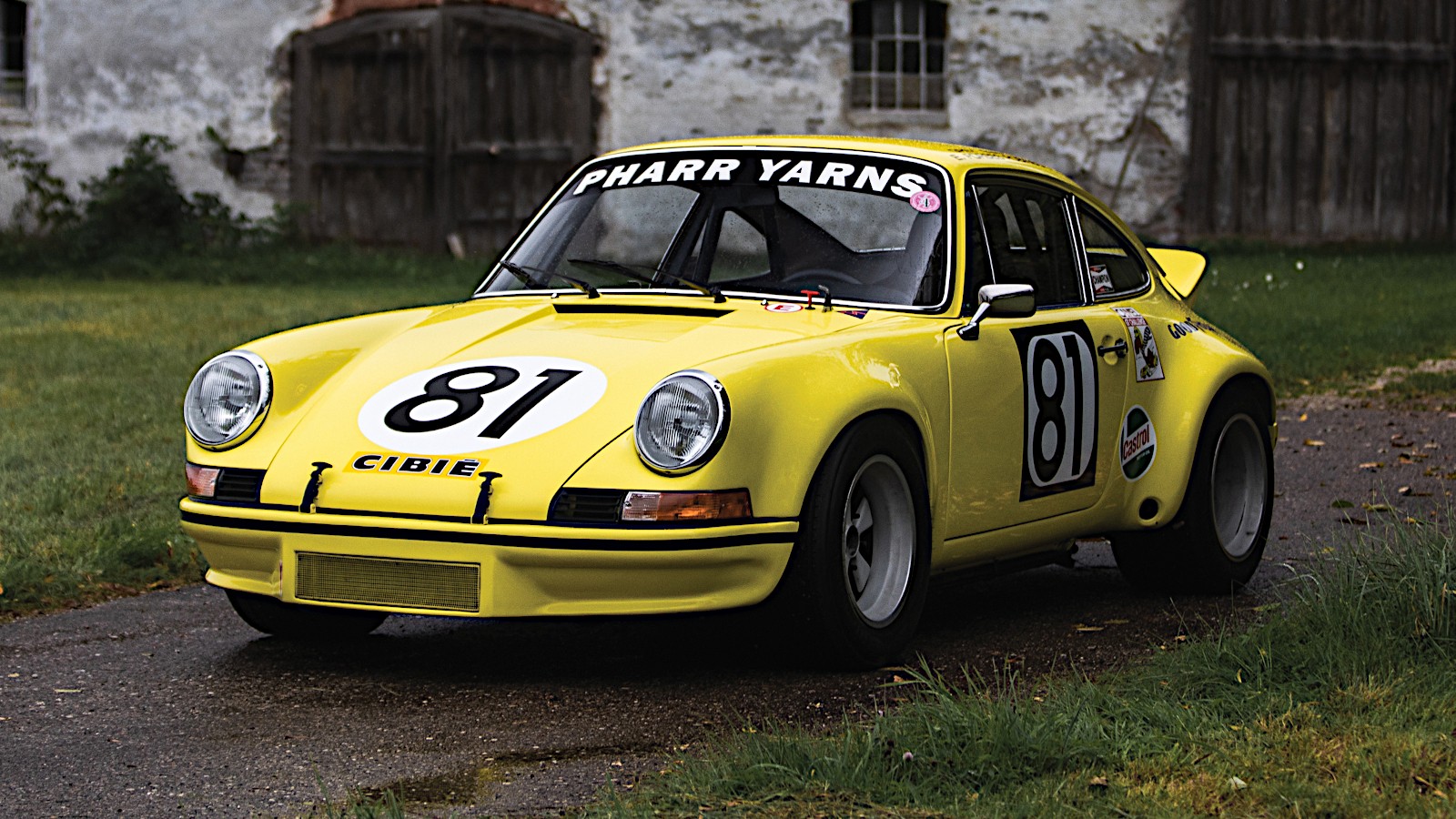 © Stephan Bauer/RM Sotheby’s
© Stephan Bauer/RM Sotheby’s -
 © Porsche
© Porsche -
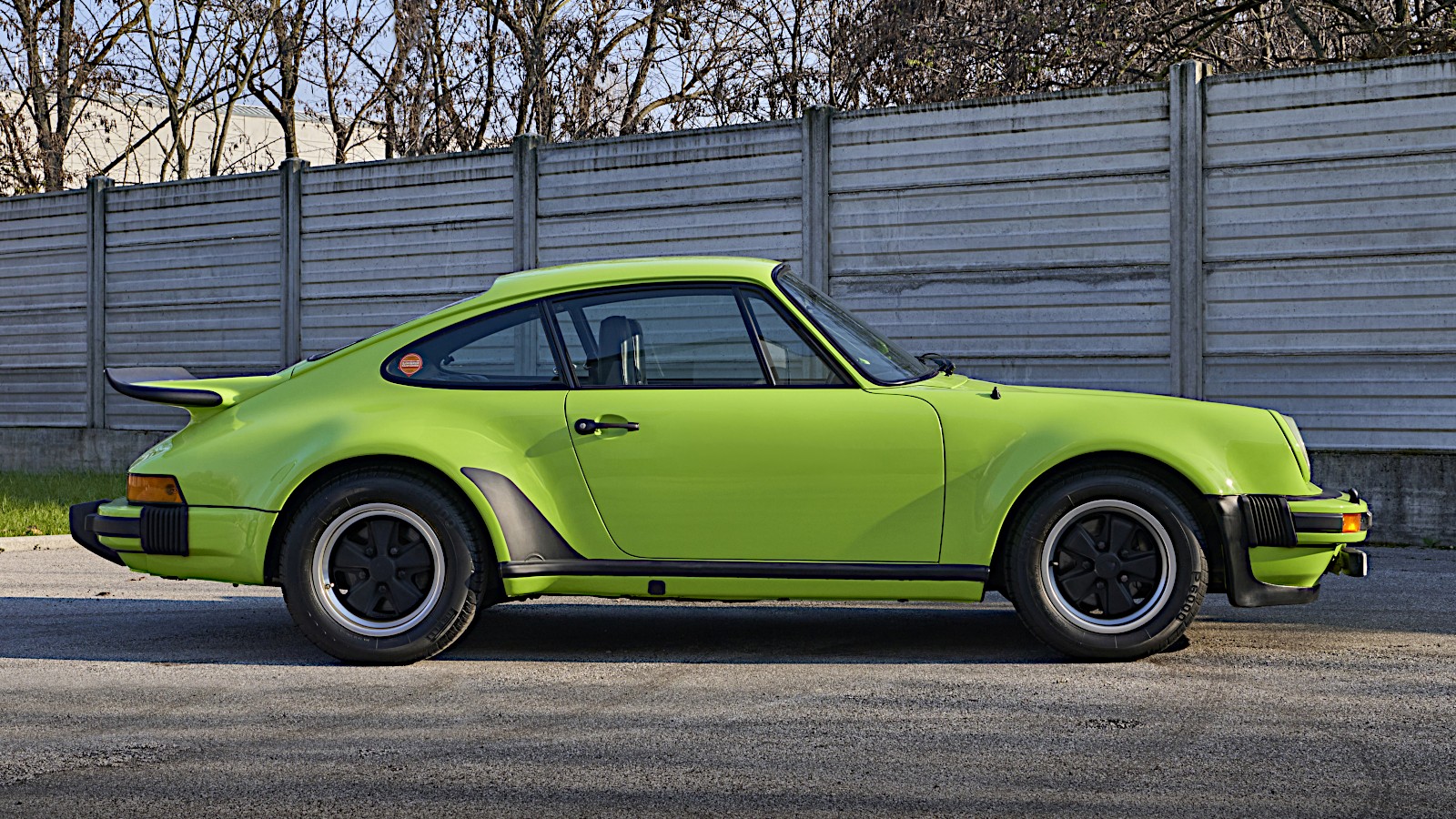 © RM Sotheby’s
© RM Sotheby’s -
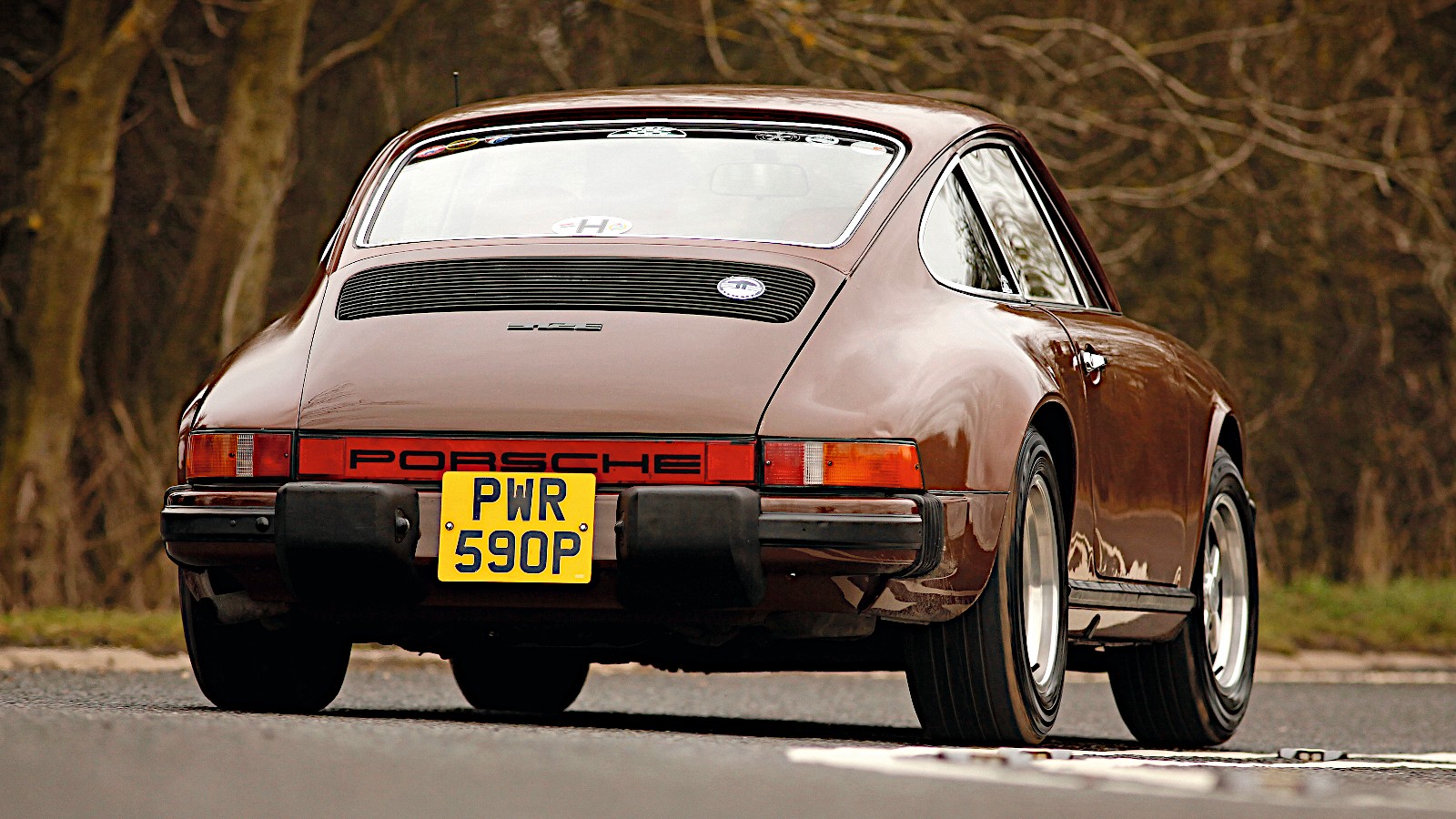 © Tony Baker/Classic & Sports Car
© Tony Baker/Classic & Sports Car -
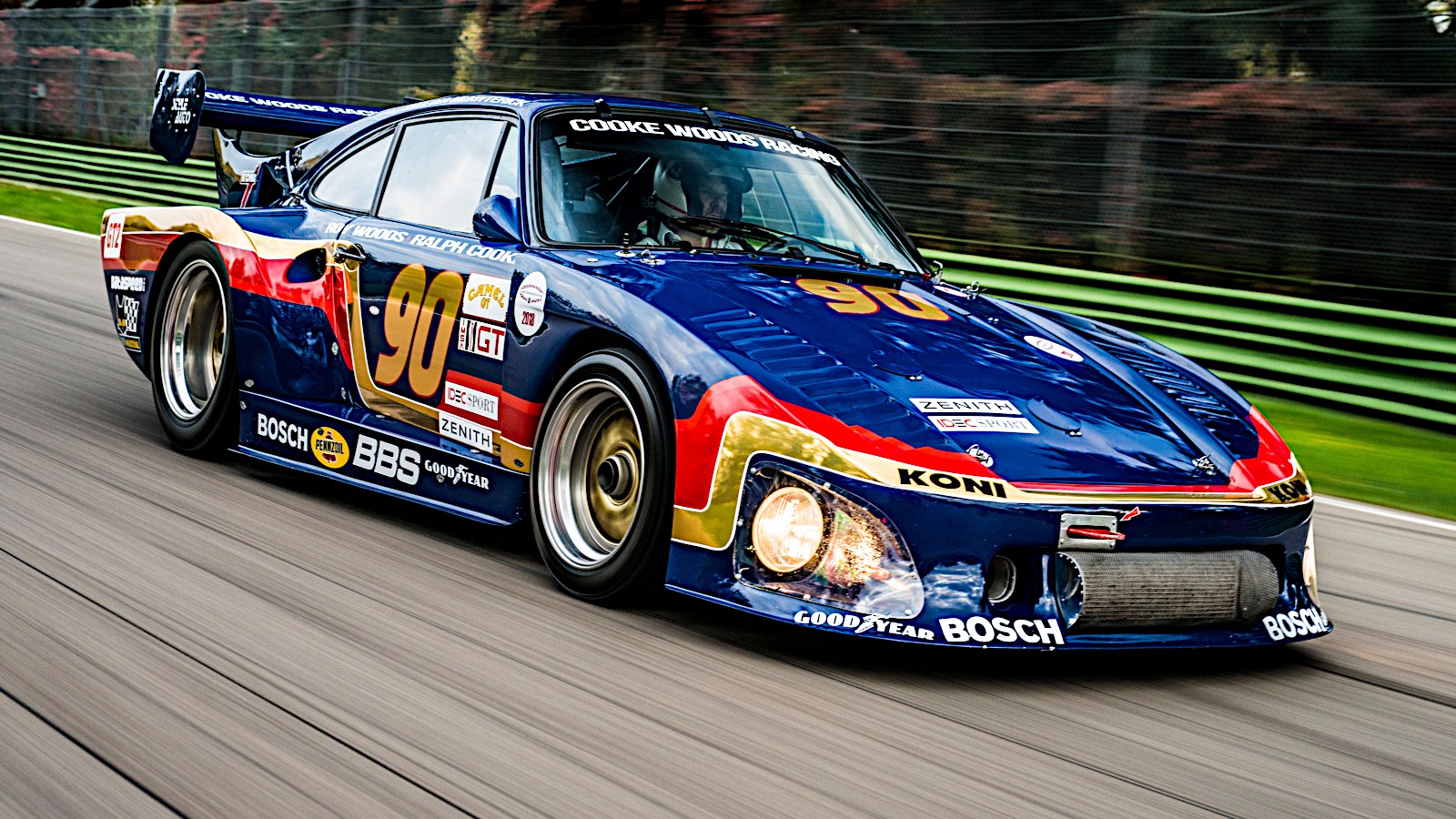 © RM Sotheby’s
© RM Sotheby’s -
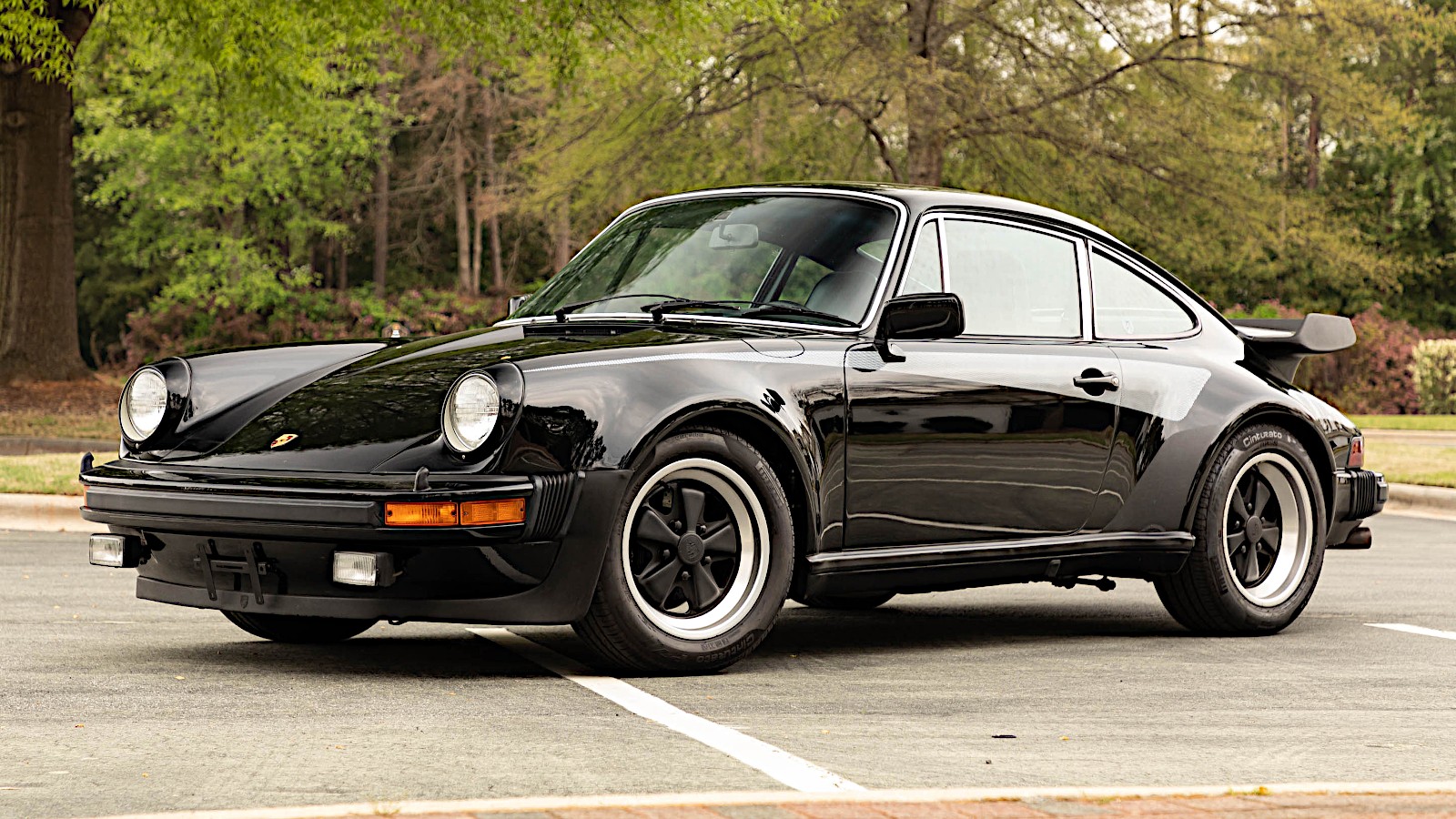 © RM Sotheby’s
© RM Sotheby’s -
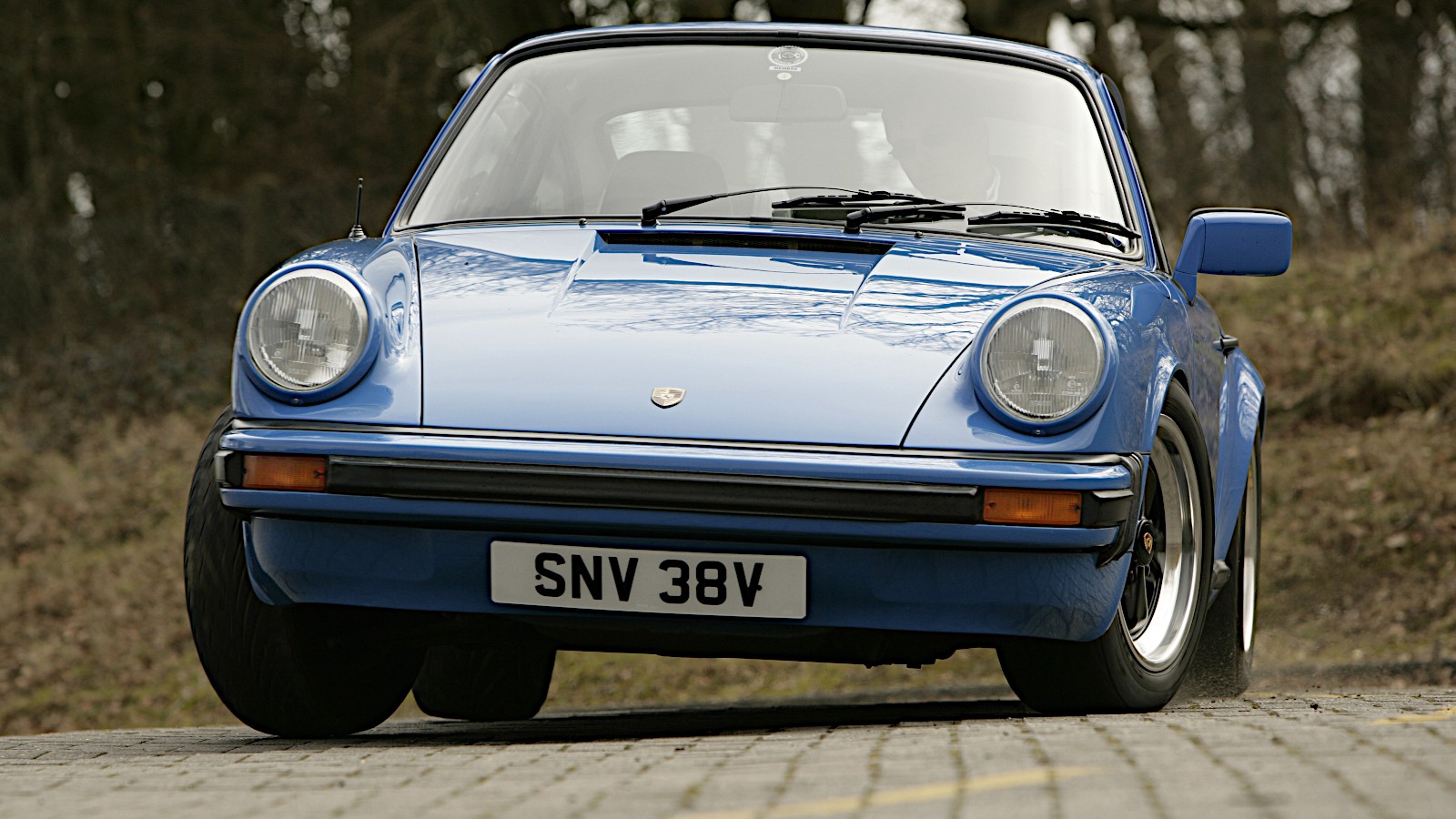 © Classic & Sports Car
© Classic & Sports Car -
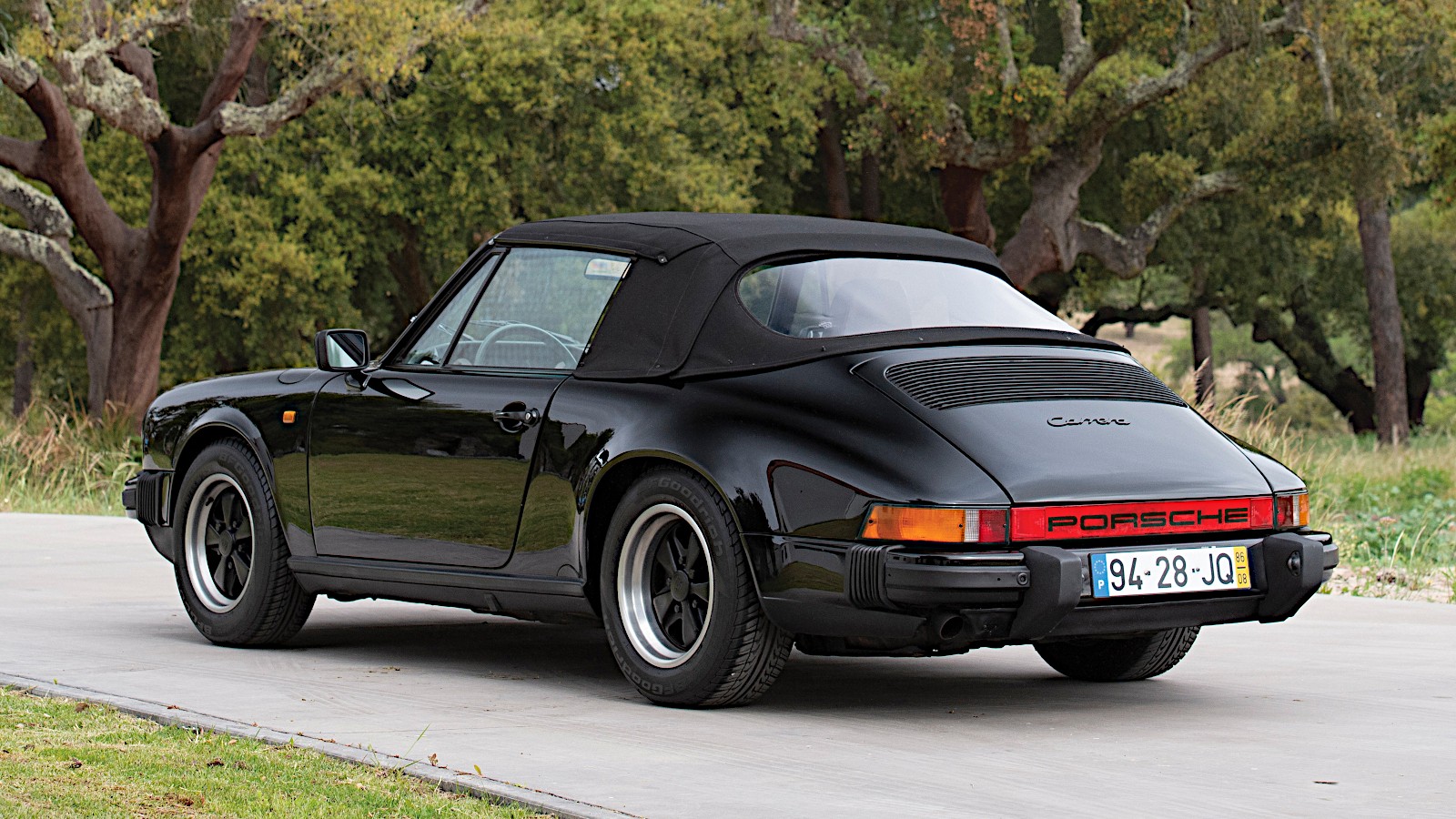 © Tom Wood/RM Sotheby’s
© Tom Wood/RM Sotheby’s -
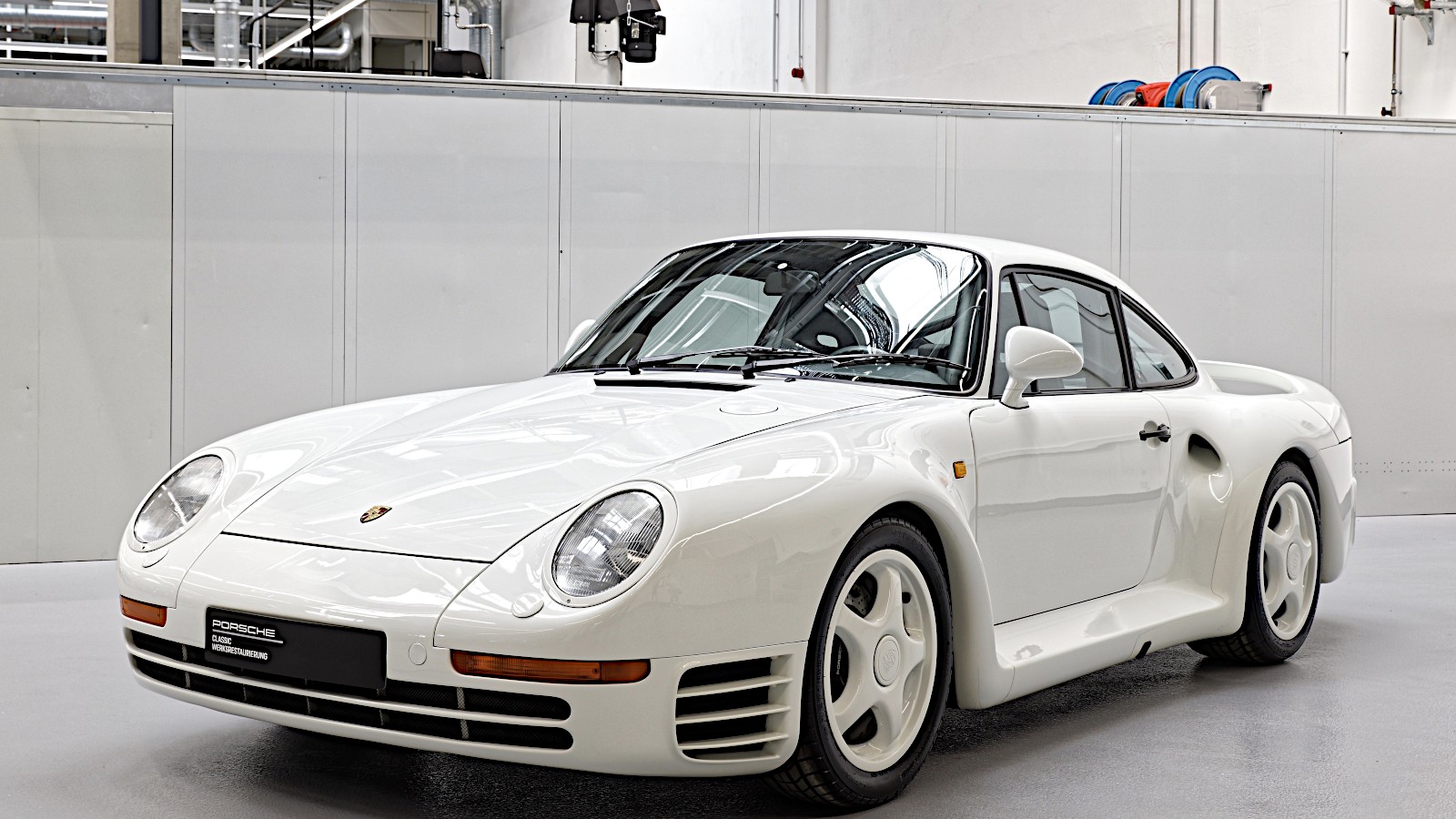 © Porsche
© Porsche -
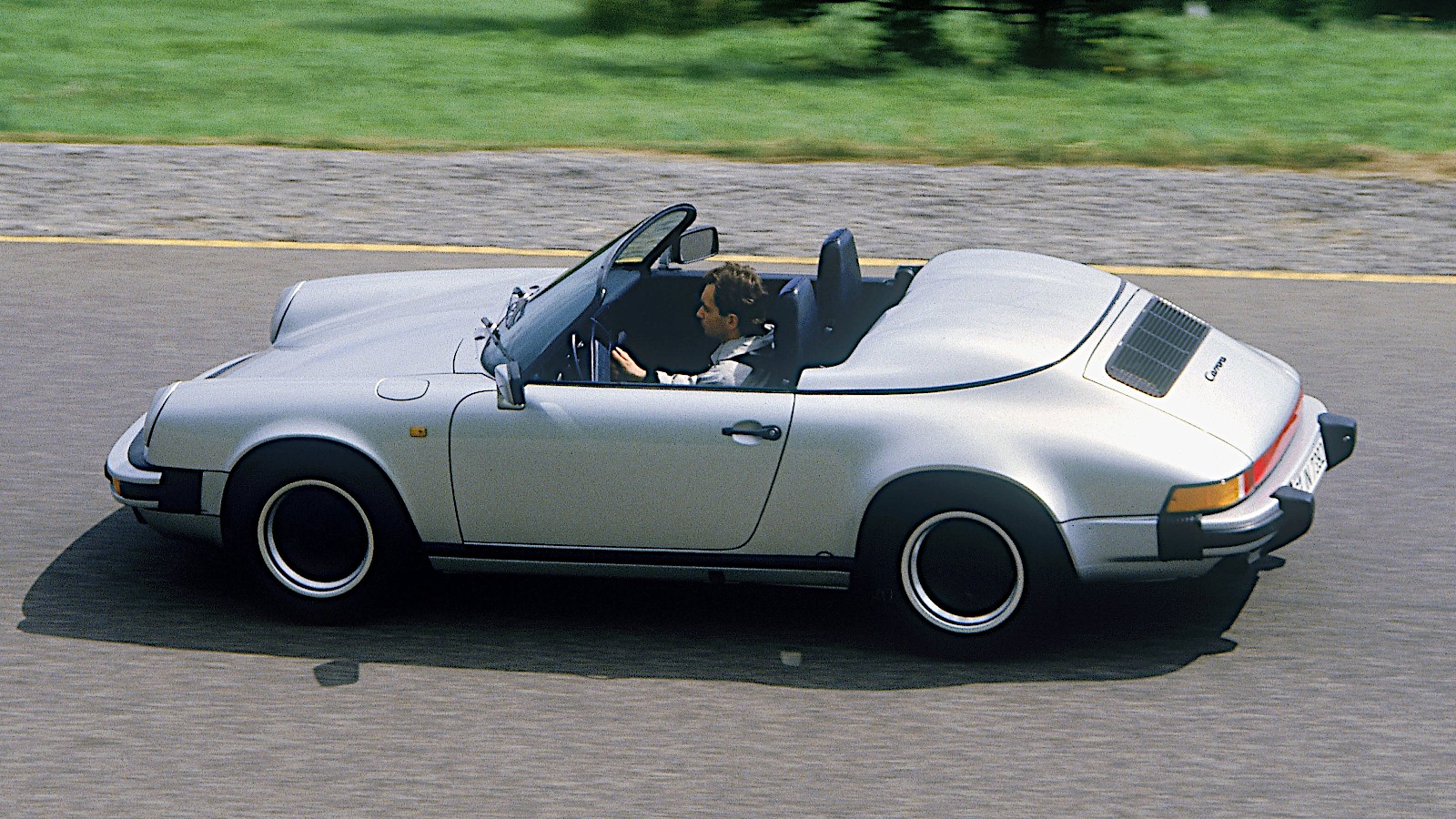 © Porsche
© Porsche -
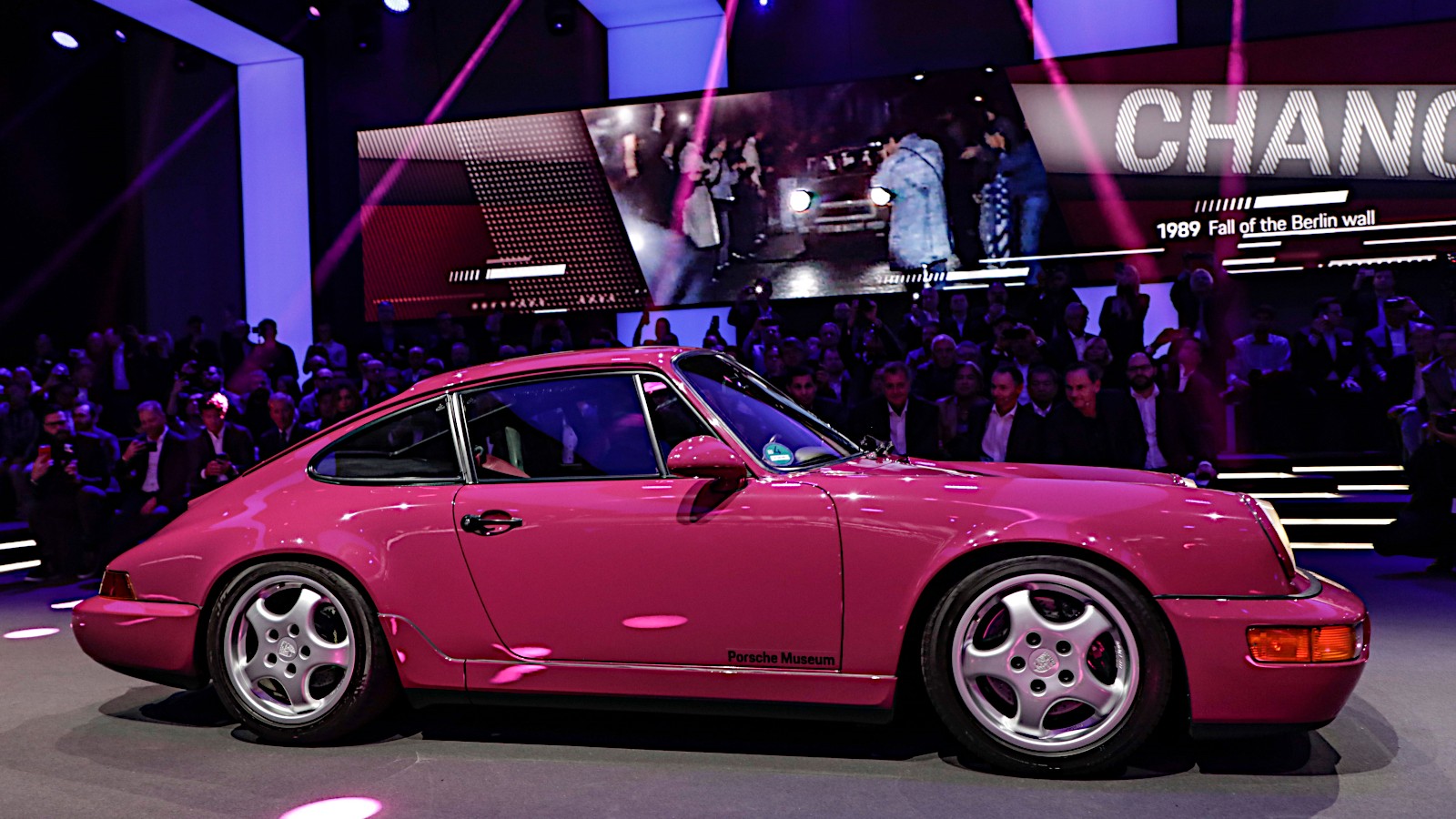 © Porsche
© Porsche -
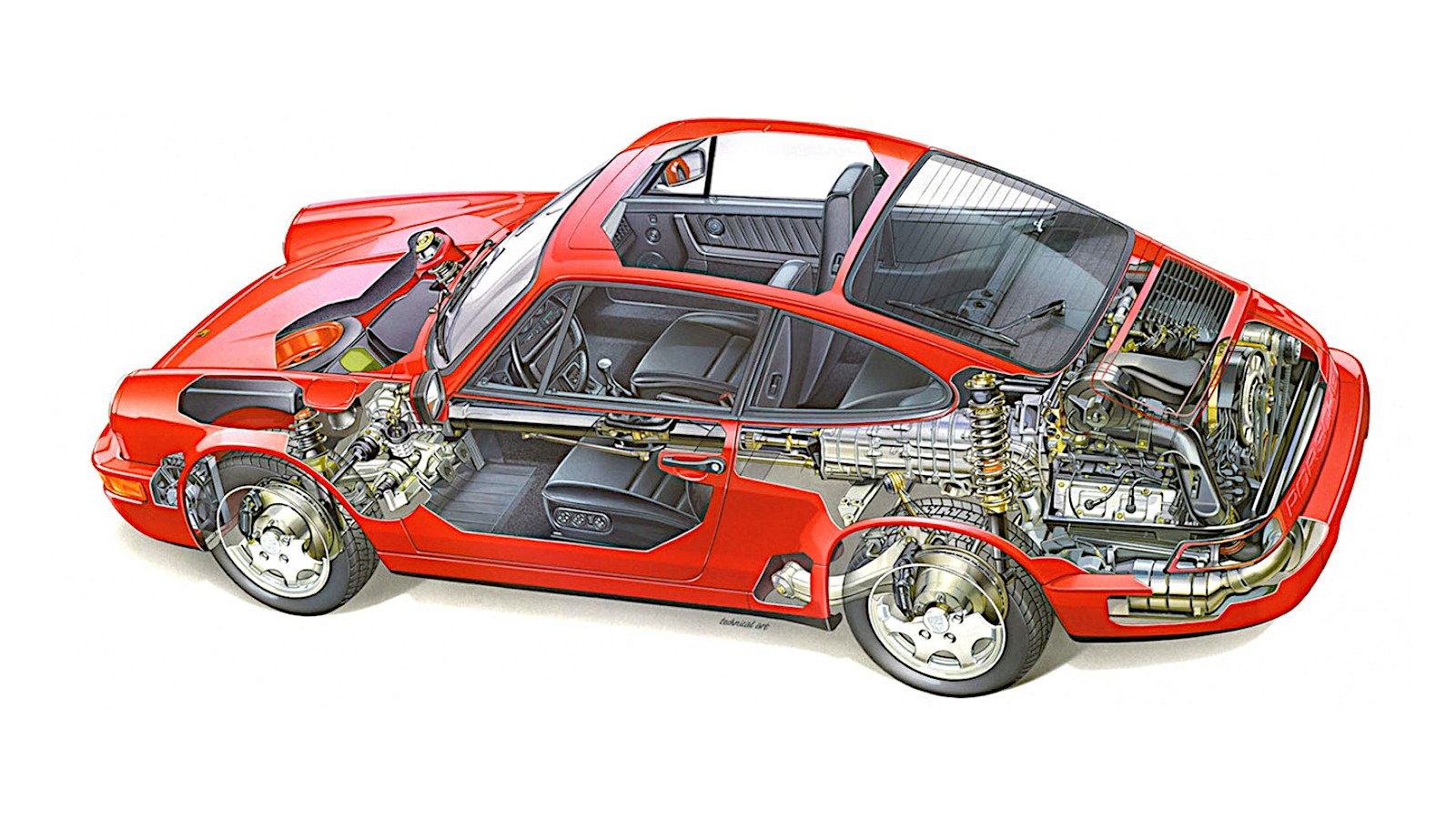 © Porsche
© Porsche -
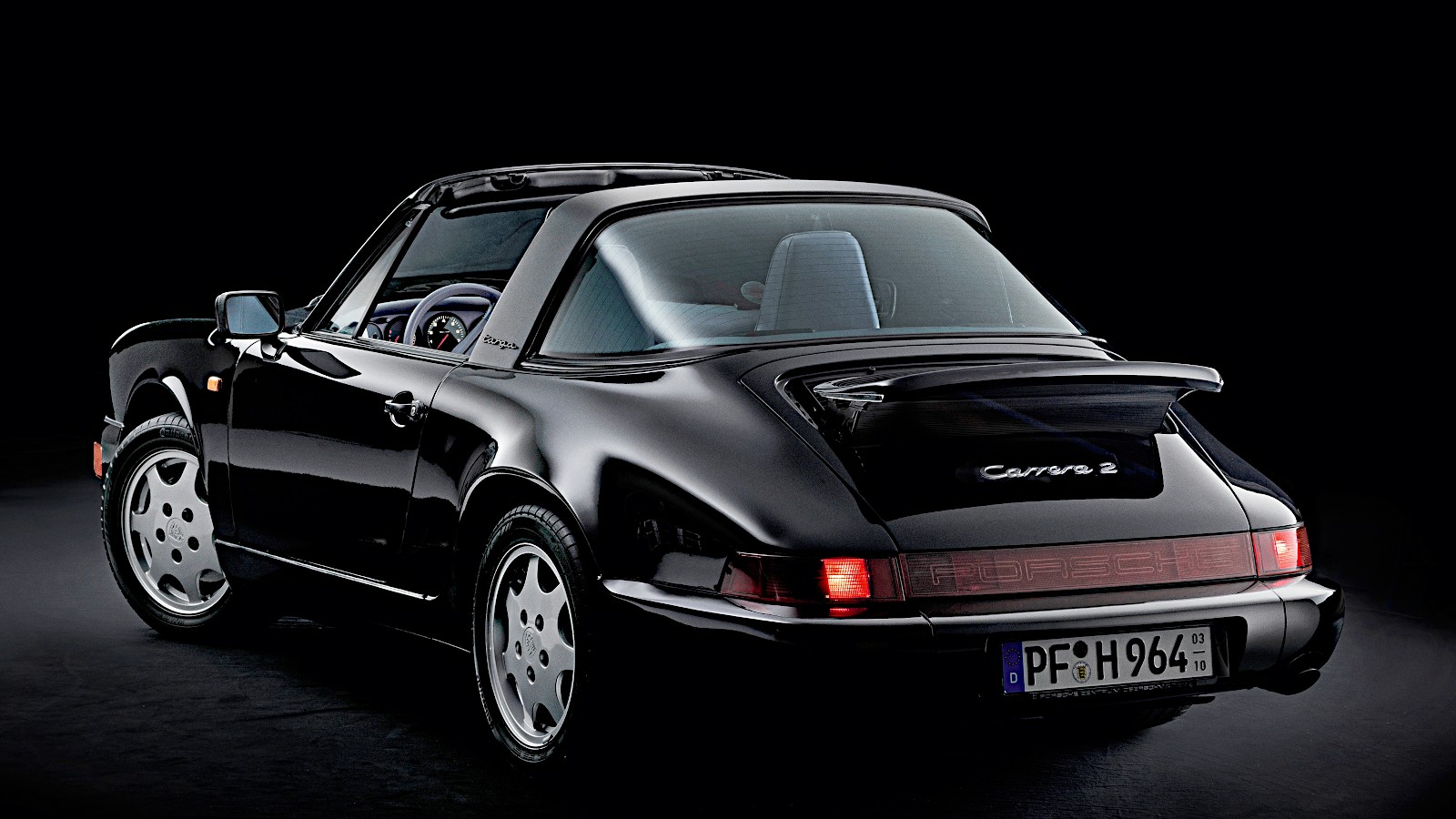 © Porsche
© Porsche -
 © Porsche
© Porsche -
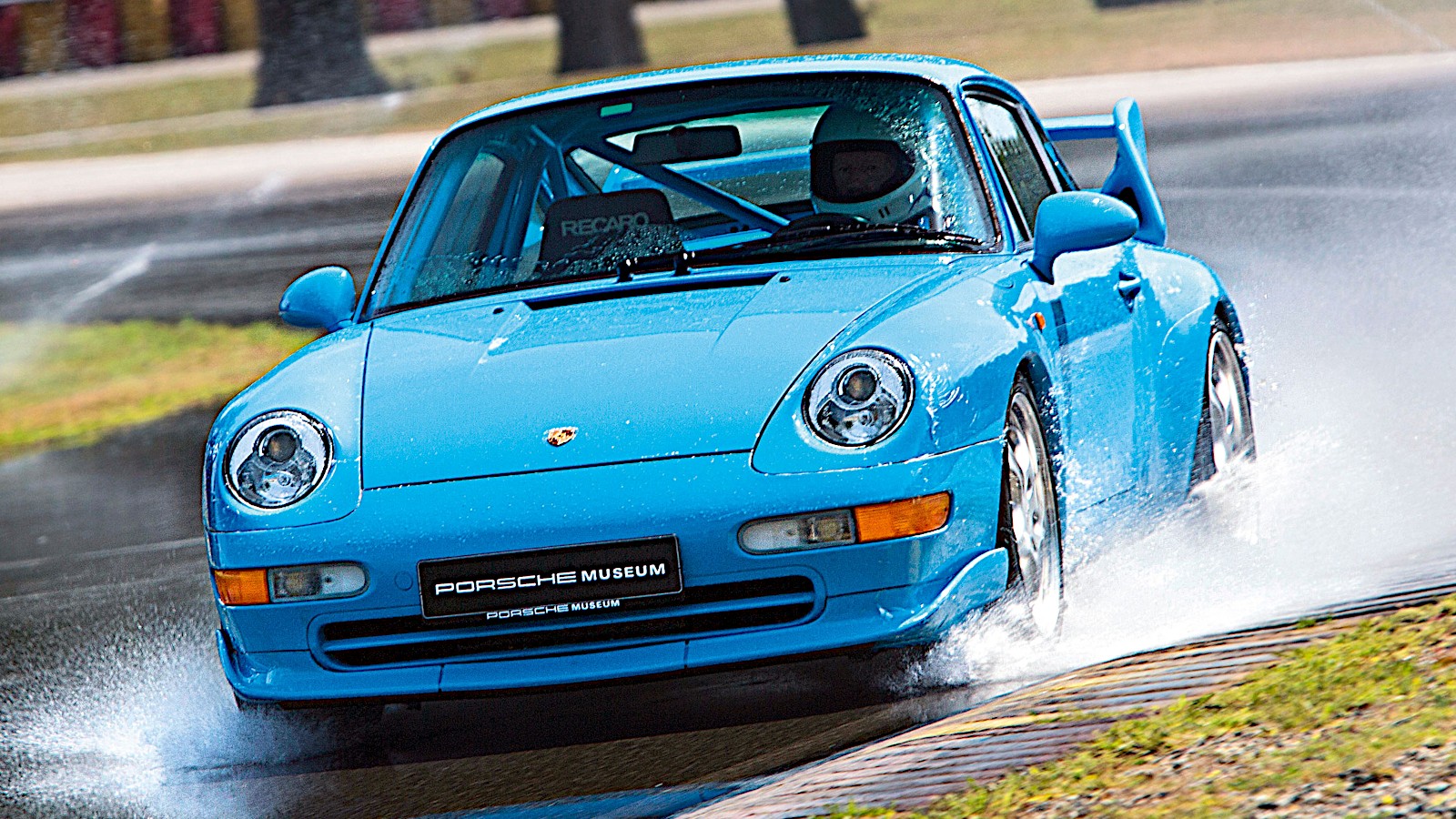 © Porsche
© Porsche -
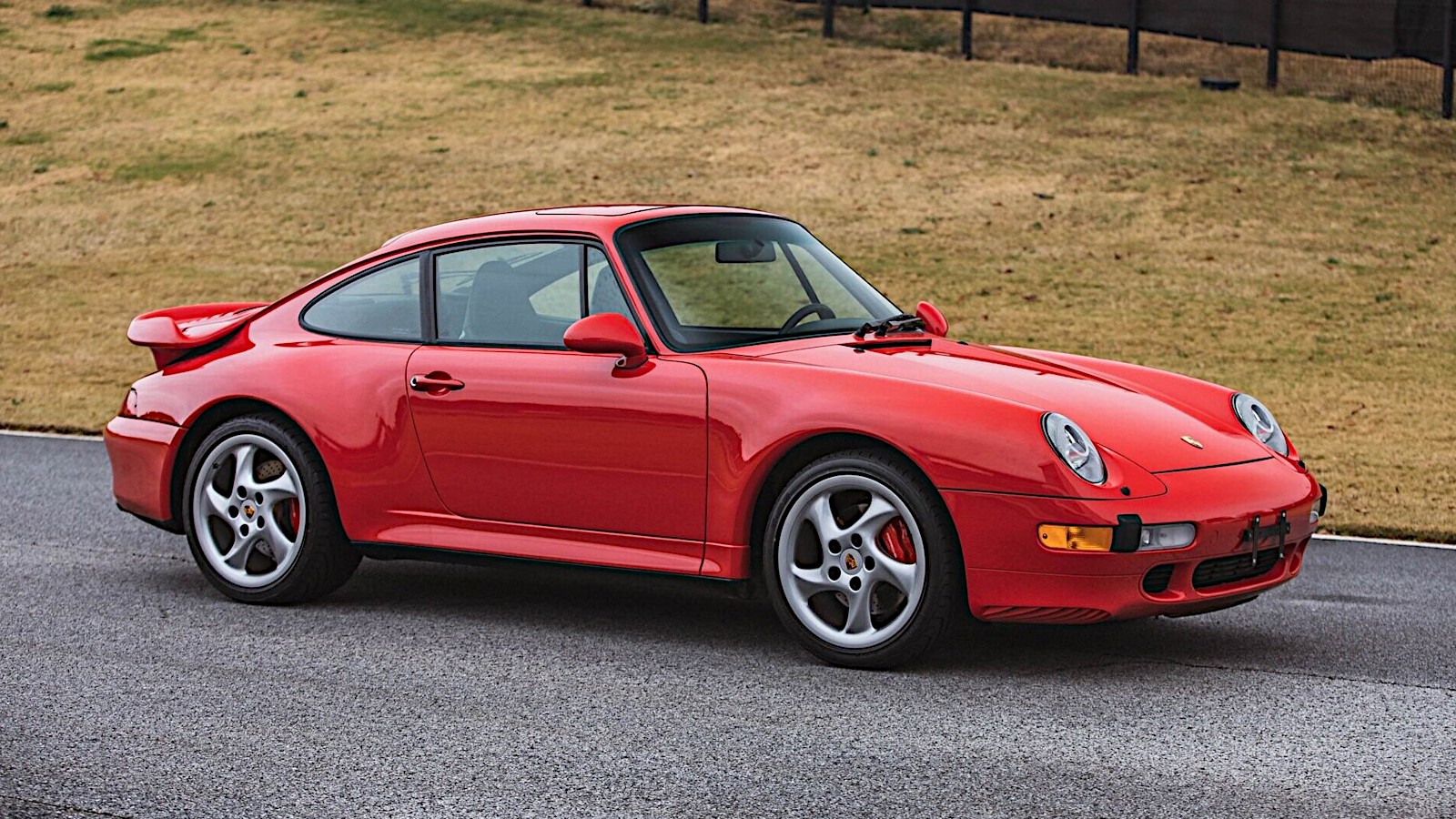 © Theodore W Pieper/RM Sotheby’s
© Theodore W Pieper/RM Sotheby’s -
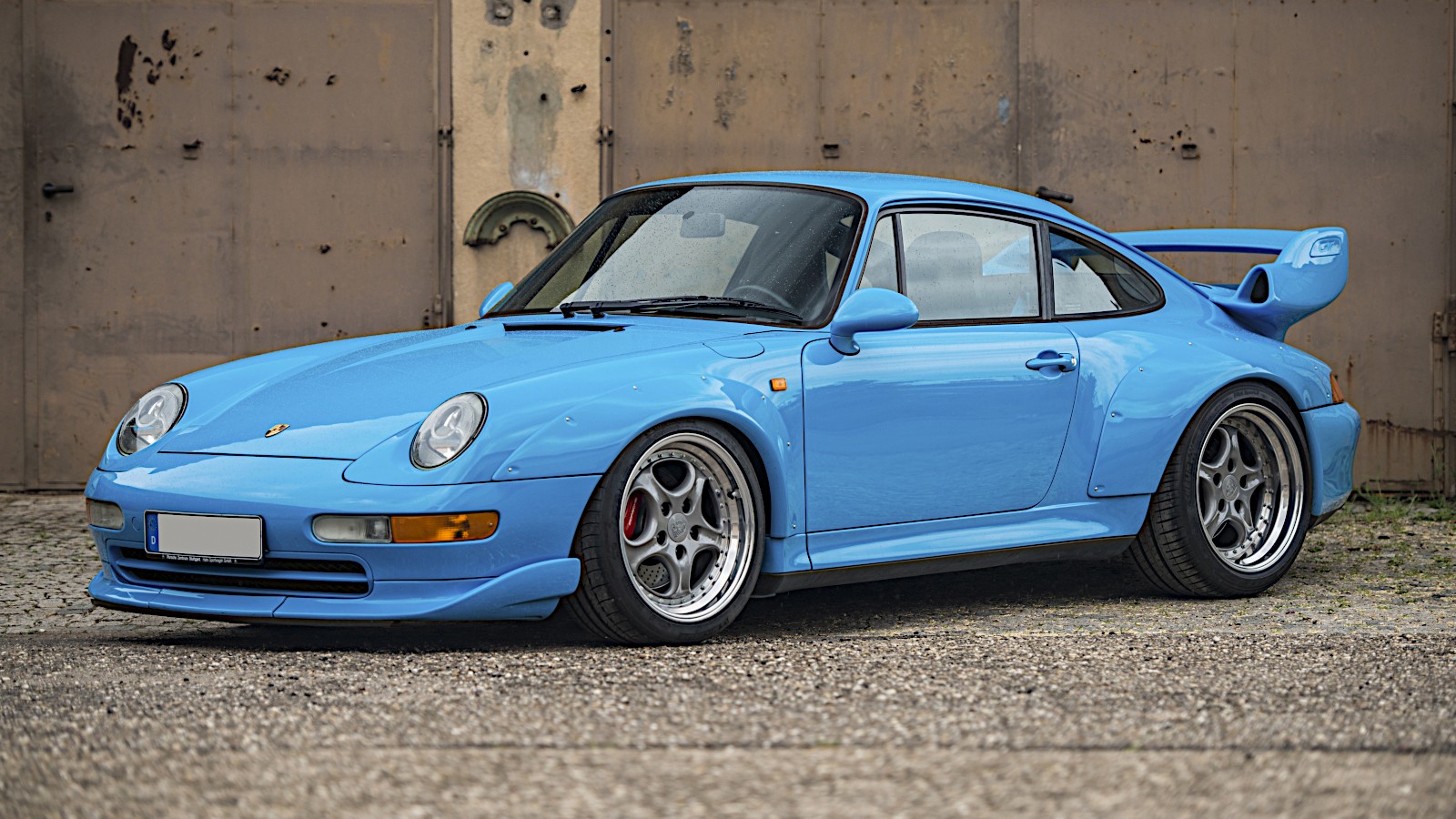 © RM Sotheby’s
© RM Sotheby’s -
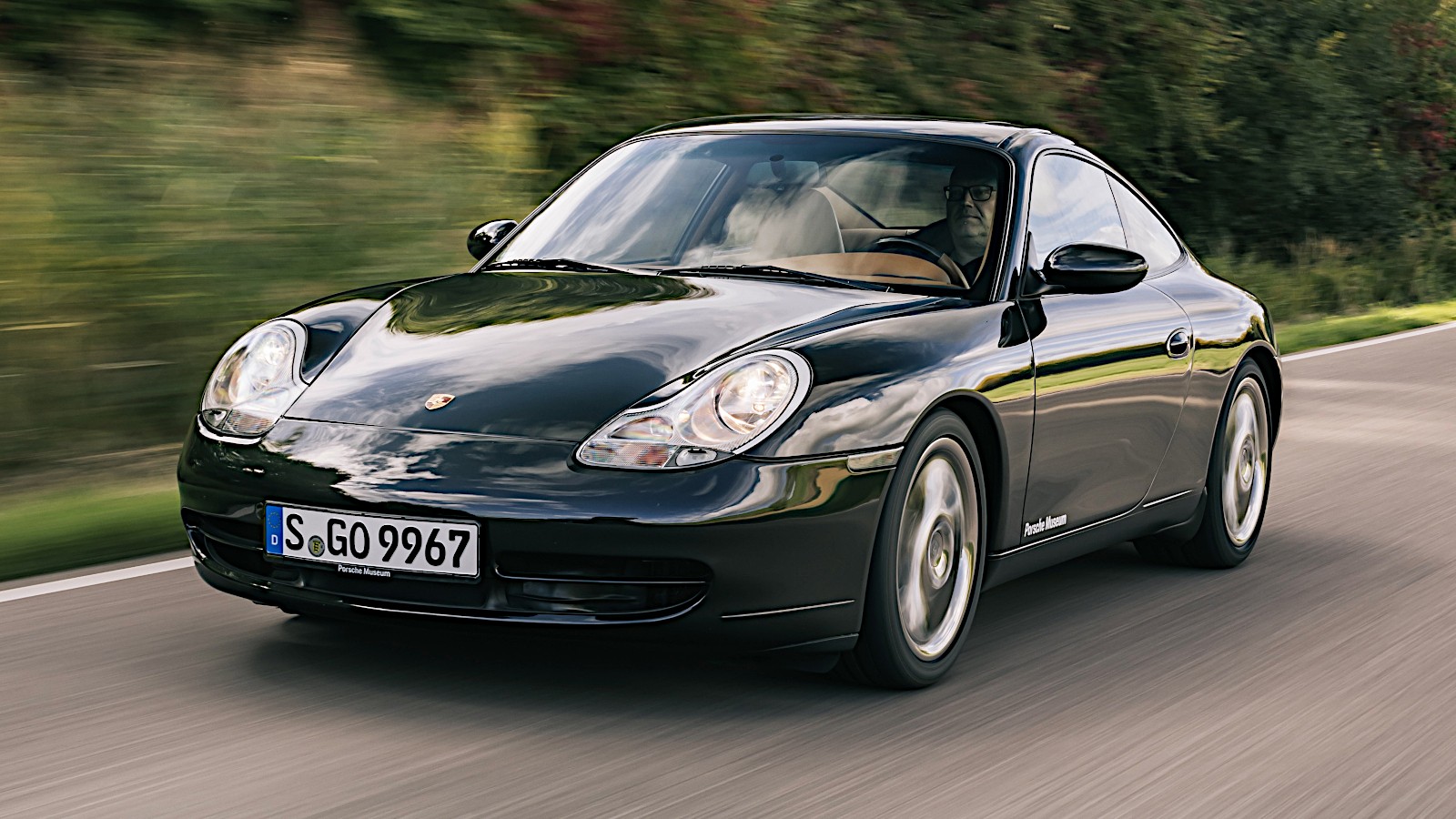 © Porsche
© Porsche -
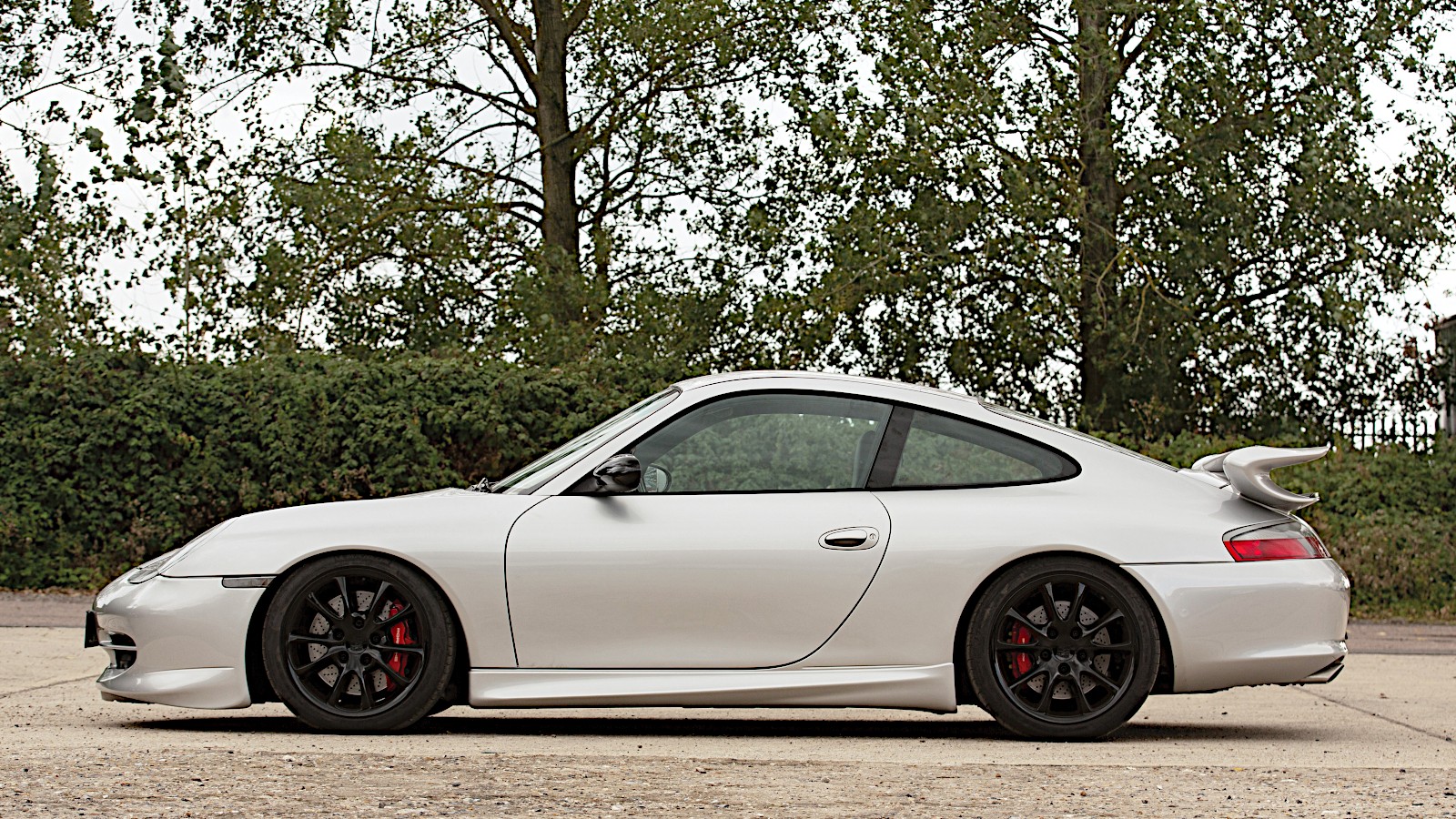 © Tom Gidden/RM Sotheby’s
© Tom Gidden/RM Sotheby’s -
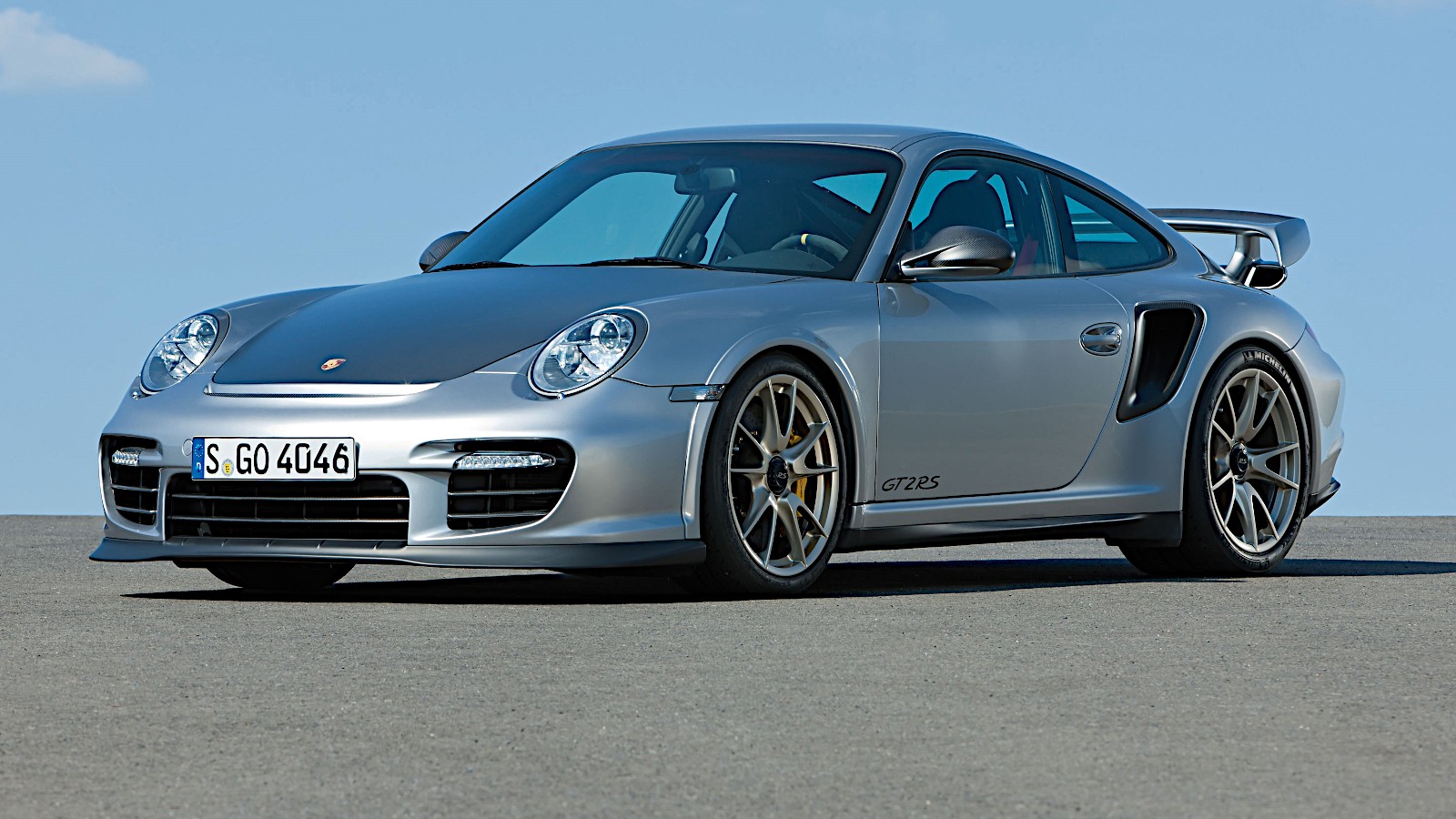 © Porsche
© Porsche -
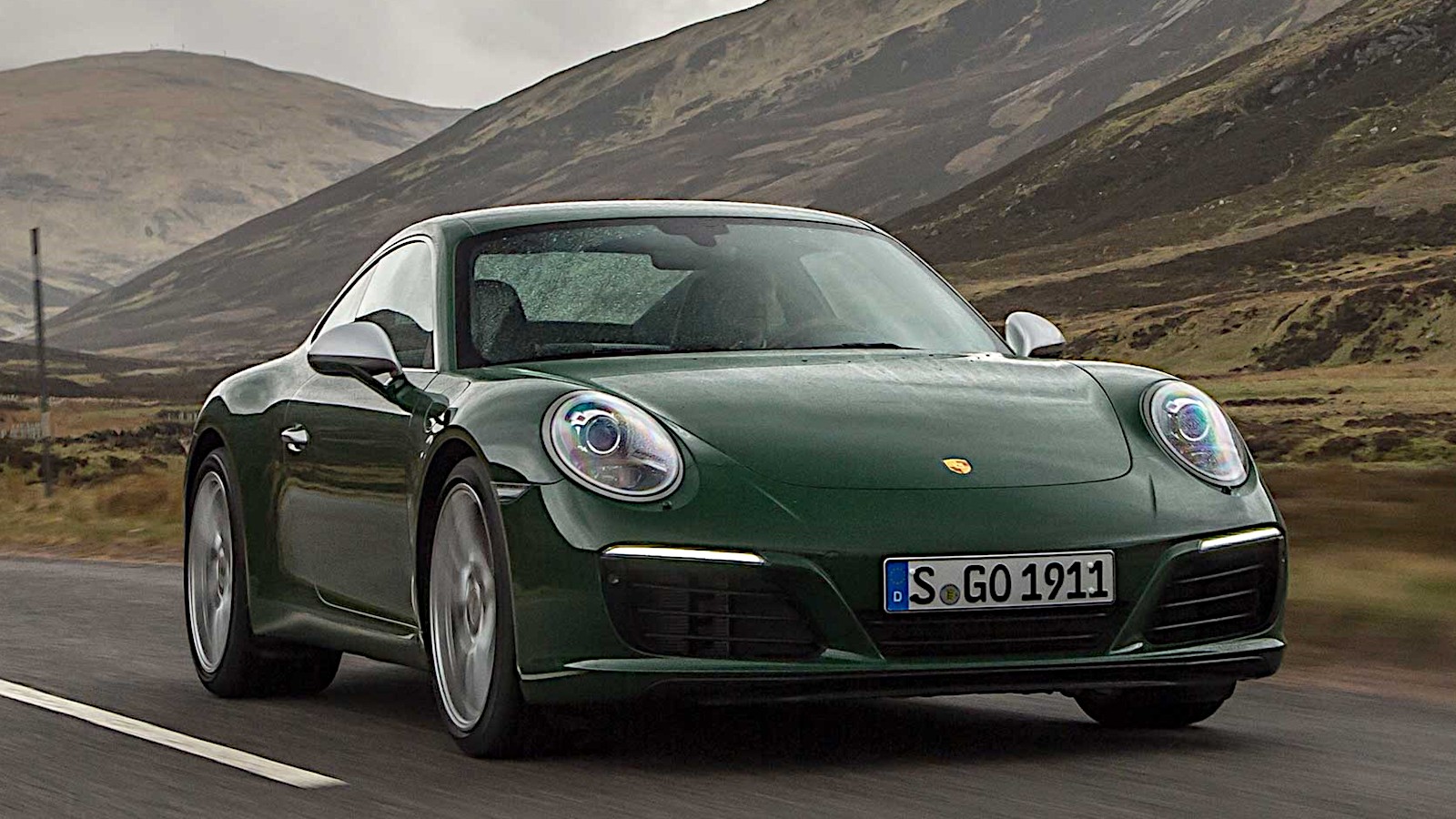 © Porsche
© Porsche
-
Six decades of greatness
Second only to the Chevrolet Corvette, the Porsche 911 is one of the longest-running sports cars in automotive history.
In December 1999, it was placed fifth in the Car of the Century award, beaten only by models which first went on sale years, and sometimes decades, earlier.
The 911 was introduced in 1964, but it made its public debut (with a slightly different name) the year before. That’s enough for us to claim that 2023 is its 60th anniversary.
Here, then, is the story of the 911, focusing primarily on its life up to the year 2000, told in 30 short chapters.
-
The predecessors
Although he didn’t always do it, Ferdinand Porsche liked putting the engine of a car behind its occupants. This can be seen in two very different types of vehicle he designed in the 1930s: the utilitarian Volkswagen Beetle and the monstrous Auto Union Grand Prix cars.
The same principle was used in the first car his company ever put into production. The four-cylinder air-cooled unit of the Porsche 356 was mounted behind the rear axle, where it was relatively easy to reach and didn’t take up space required for the back seats.
The later and more famous 911s have almost all had six-cylinder engines, but the position has remained the same as it was in the 356, and air-cooling would be retained until the 1990s, long after almost every other manufacturer had abandoned it.
-
The 901
The 911 was first shown to the public at the 1963 Frankfurt motor show. Its 2.0-litre flat-six engine produced 130bhp, far more than could be expected of the smaller 356.
The car’s design, which has changed only in detail over the years, is credited to Ferdinand Alexander ‘Butzi’ Porsche, grandson of the company founder.
It was originally called 901, but Peugeot objected to this on the grounds that it had the right to sell cars whose names consisted of three digits when the one in the middle was a zero.
Porsche switched to 911 for the production models, but several 901s were built, and are now very rare.
-
911 on sale
As mentioned previously, the 911 became available to the public in 1964. At first, it was available only with the 2.0-litre 130bhp engine, though others, as we’ll see, would be added to the range in the coming years.
Still, the original unit had impressive performance for its day. According to Porsche, the earliest 911 was capable of 210kph, or around 130mph.
Allowing for variations, all 911s built until 1973 are generally considered to be part of the first generation. Total production exceeded 80,000 units.
-
The 912
Although it had a different name, the 912 was a 911 in almost every respect.
Introduced in 1965, it was a replacement for the 356, which had by then been on the go for 17 years, and was powered by a 90bhp version of the 356’s flat-four engine.
It was considerably slower than the ‘real’ 911, but thanks to its engine it was also both cheaper and lighter, and had a less alarming rearward weight bias.
The 912 was produced until 1969, when it was replaced by the mid-engined 914, a collaboration between Porsche and Volkswagen.
-
The 911 S
The first power increase came in 1966, when the 2.0-litre engine was modified to produce a maximum of 160bhp.
In this form, it was fitted to the 911 S, which was the fastest version yet and the first offered with the famous Fuchs five-leaf wheels.
With increased performance comes a greater need for efficient braking. Porsche dealt with this by giving the S ventilated brake discs, which had not previously been used on any 911.
-
The first Targa
The earliest 911s were all coupés, but Porsche knew that a convertible would also be popular.
In September 1965, it revealed its first Targa model (named after the Targa Florio road race in Sicily, which Porsche won 11 times), and put it on sale late the following year.
This was a new kind of convertible which, for safety reasons, featured a very large rollover bar.
The appeal of open-top 911 motoring was very strong. Porsche says that Targa-bodied cars accounted for 40% of all 911 sales in the early 1970s, and continued to offer Targa variants of the model for many years after that.
-
Sportomatic
It was natural that the Porsche 911 would initially be available only with a manual gearbox, but this made it unappealing to potential customers who either couldn’t use a clutch pedal or simply didn’t want to.
Porsche shied away from offering a conventional automatic transmission. Instead, it developed the Sportomatic gearbox, which became available in 1967.
This was basically a regular four-speed manual, but the clutch was engaged when the driver touched the gearlever, then disengaged when he or she let go of it.
A torque convertor allowed the engine to keep running when the car was brought to a standstill, even if it was still in gear.
-
The 911 T
Introduced in 1967, a year after the 911 S, the 911 T (pictured here in the company of a 2019 911 Carrera T) was the result of a completely different philosophy.
This was the new entry-level model in the range, with less equipment and a more modest power output of around 120bhp.
It provided the 911 experience to people who couldn’t have afforded the previous versions, and who felt that the 912 (which was slower still and sounded like a VW Beetle) was a step too far.
-
911 Carrera RS 2.7
The capacity of the flat-six engine began to increase in 1969, rising first to 2.2 litres and then to 2.4.
In 1972, it became available in its largest form yet. For that year’s Carrera RS, it was taken out to 2.7 litres. The maximum output was now up to 210bhp.
This was produced in a car weighing less than 1000kg, and therefore lighter than the 911 T, which had only a little more than half the power.
The RS 2.7 was the first 911 fitted with a ‘ducktail’ rear spoiler, which would be a feature of many high-performance models in the coming decades.
-
911 RSR
The first RSR was a homologation special derived from the Carrera RS. Changes included raising the engine capacity to 2.8 litres and fitting wider rear wheels.
In February 1973, an RSR driven by Peter Gregg and Hurley Haywood won the car’s first race, the Daytona 24 Hours. Despite being told to slow down, and having to stop for a replacement windscreen to be fitted after a seagull demolished the first one, Gregg and Haywood finished 22 laps ahead of the second-placed Ferrari and 138 ahead of the next car in their own class.
Four months later, Herbert Müller and Gijs van Lennep finished fourth at Le Mans in a similar car behind a Ferrari and two Matras, all of them designed specifically for racing and not based on any road car.
A year after that, Müller and van Lennep returned to Le Mans with a 2.1-litre turbocharged RSR. This time they finished second, six laps behind one of the Matras and 10 ahead of another.
-
The G Series
The 911 was given what Porsche has described as its ‘first thorough makeover’ in 1973.
The G Series, as this generation is sometimes known, featured much larger front and rear bumpers in order to meet increasingly stringent crash test regulations. A greater emphasis on safety also inspired the fitment of integrated headrests and standard three-point seatbelts.
Production of this model, which overlapped with that of the next one, continued until 1989, making this the longest-running 911 ever.
According to Porsche, 198,414 units were built, a figure unmatched by any other 911 in the 20th century.
-
The first 911 turbo
Porsche put the first in a long line of formidable turbocharged road cars on sale in 1974.
The 911 turbo, as it was straightforwardly named in markets where it wasn’t known as the 930, had a 3.0-litre forced-induction engine which produced 260bhp, the highest figure so far in the model’s history.
Yet more power would soon follow, but for its time this was a potent sports car, and one which quickly developed a reputation for needing to be driven with care so it wouldn’t head backwards into the scenery.
-
The 912E
Porsche considered reviving the idea of a four-cylinder air-cooled 911 in the early 1970s, and eventually produced its second and last model of this type in the middle of the decade.
All 2099 examples of the 912E were powered by a 2.0-litre engine supplied by Volkswagen and fitted, in a slightly different form, to one version of the 914.
The 912E was sold only in 1976 and only in the US, where it acted as a stopgap between the discontinued 914 and the front-engined 924, which wasn’t yet ready to be exported across the Atlantic.
-
The 935
The 935 was a 911 derivative vastly modified for sports car racing. Early in its life, the traditional headlights and front wings were removed, giving the car what is now known as a ‘slant-nose’ appearance.
Engine development was rapid. In its final, long-tail form (which gave rise to the nickname Moby Dick), the engine had been taken out to 3.2 litres and, with the help of twin turbochargers, produced well over 800bhp.
Between 1978 and 1984, 935s achieved six of Porsche’s 18 wins in both the Sebring 12 Hours and the Daytona 24 Hours.
On the other side of the Atlantic, 935s finished in the top three positions in the 1979 Le Mans 24 Hours. The fastest of them was the first, and will probably remain the only, rear-engined (as opposed to mid-engined) car ever to win the race.
-
911 turbo 3.3
Three years after its launch, the 911 turbo was updated considerably in 1977.
The car was fitted with an intercooler for the first time, reducing the temperature of the intake air by up to 100 degrees Centigrade, and its engine capacity rose from 3.0 litres to 3.3.
Together, these changes raised the power output from the previous 260bhp to a new high (for a roadgoing model) of 300bhp, produced at 5500rpm.
-
The 911 SC
In 1978, Porsche rationalised the 911 range, reducing it to just the turbo and the SC.
The Carrera name was officially dropped, though it’s believed that SC actually stood for Super Carrera.
All SCs had a naturally aspirated 3.0-litre engine, though the power output gradually rose during six years of production from approximately 180bhp to 200bhp.
The SC was discontinued in 1984 and replaced by a new Carrera.
-
The first Cabriolet
Like other 911s, the SC was initially offered as a coupé and a Targa, but at the 1981 Frankfurt show Porsche displayed a convertible concept known as the Cabriolet.
A production-ready SC Cabriolet appeared at Geneva in March the following year, and went on sale soon afterwards.
This was not only the first fully convertible 911, but the company’s first roadgoing car of that type since the 356. All other open-topped Porsches until then had been either Targas or specialist competition vehicles.
-
Porsche 959
The 911 was the starting point for the 959, which had three roles as a competition car, a roadgoing supercar and a test bed for future technology.
Powered by a 2.8-litre twin-turbo engine and featuring four-wheel drive and self-levelling suspension, the standard model had incredibly high performance. Key figures included a top speed just short of 200mph.
The 959’s greatest motorsport success came in 1986, when 959s finished first and second in the car division of the Dakar Rally. A 911 with an earlier development of the 4x4 system had won the same event two years before.
A racing derivative known as the 961 came seventh overall in that year’s Le Mans 24 Hours, but that project didn’t last for much longer.
-
911 Speedster
Porsche used the Speedster name for several versions of the 356, and brought it back right at the end of the G Series era in 1988.
This car had a shorter windscreen than the regular model, and a manually operated roof which could be stored under a large plastic window behind the passenger compartment.
Nearly all of the 2103 Speedsters built were based on the wide body of the 911 turbo, but 161 had the narrower Carrera body.
-
The 964
With the exception of the 912 and the 959 (and, in some markets, the 930), all roadgoing members of the 911 family have been marketed with the same name.
However, Porsche enthusiasts often use the company’s internal code names to distinguish later generations from each other.
The model introduced in 1988 is therefore often referred to as the 964. Its lines were softer than those of the previous car, but the classic shape remained basically untouched, though Porsche says that 85% of the components were new.
This included the engine. The 964 unit was still a flat-six, of course, but it now measured 3.6 litres and produced around 250bhp.
On the suspension side, coil springs replaced the torsion bars which had been used previously. Porsche also introduced Tiptronic, a genuine automatic gearbox (though with manual selection available), rather than the earlier ‘clutchless’ manual Sportomatic.
-
The Carrera 4
A little more than 74,000 964s were manufactured from 1988 to 1993, and to begin with all of them had four-wheel drive.
Porsche was familiar with the technology, having used it in motorsport for several years, but had not yet applied it to a mainstream road car.
Now, suddenly, it was the only system available for the 911, at least for a while.
-
Rear-wheel-drive 964
The 4x4-only period in 911 history didn’t last long. Porsche soon introduced a rear-wheel-drive version of the 964, which was named Carrera 2.
A lightweight derivative of this car, with its engine tuned to produce 250bhp, was sold in Europe as the Carrera RS.
Porsche’s 964s in general were available with the full range of body styles: coupé, convertible and Targa. The first two continued through future generations, but after the 964 was discontinued there would be no more 911 Targas in the 20th century.
-
964 turbo
The first turbocharged 964 went on sale in 1990. Its engine was, of course, more powerful than the one used in the Carrera models, but at 3.3 litres it was also slightly smaller.
That changed in 1992, when a 3.6-litre turbo was introduced for the first time.
The new engine produced 360bhp. This was 100bhp more than the output of the original 911 turbo which went on sale in 1974, and nearly three times that of the very first 911.
-
The 993
The 993-generation 911 introduced in 1993 was a step further from the original design than the 964 had been.
This was partly because the front and rear bumpers were now integrated into the body shape rather than standing proud of it, and partly because the entire front end was lower.
Porsche had achieved this by fitting what it described as polyellipsoidal headlights, which took up less vertical space than the previous circular ones.
The new model also featured aluminium construction and, in an effort to counteract the 911’s traditional tail-heaviness, multi-link rear suspension.
According to Porsche’s own figures, 67,535 993s were built, making this the rarest of all the generations.
-
The 993 turbo
The turbocharged derivative of the 993, launched in 1995, was the first roadgoing 911 with two small compressors rather than a single large one, and the first with four-wheel drive.
In combination, they provided enough boost to give the 3.6-litre engine an initial maximum output of 408bhp, which was later increased.
Due to their small diameter, though, they were also able to spool up to operating speed very quickly, reducing the once common phenomenon of turbo lag.
-
The 911 GT2
Porsche first used the GT2 name in 1995 for a derivative of the 911 turbo.
This car was a homologation special, designed to help Porsche drivers be as competitive as possible in sports car racing.
In standard form, it had slightly more power and larger wheelarches than the regular turbo. It was also much lighter, and featured important upgrades to the suspension and aerodynamics.
Four-wheel drive was not permitted in the class the car competed in, so the GT2, unlike the turbo, was driven through the rear wheels only.
-
The 996
Only nine years after the 964 was discontinued, production of the second 911 to follow it began in 1997.
The transition to the 996 was the biggest step in 911 history. For one thing, the car was more aerodynamic than any of its predecessors, partly because its windscreen was set at a shallower angle.
This was less controversial than the shape of its headlights, which were frequently described as looking like fried eggs.
More significantly, Porsche had finally abandoned air-cooling after persevering with it for nearly 50 years. The 996 was the first 911 with a water-cooled engine, a policy Porsche has maintained ever since.
-
911 GT3
Launched in 1999, the GT3 was the first GT version of the Porsche 996.
With a naturally aspirated 3.6-litre engine and rear-wheel drive, it missed out on two aspects which had by now become common in the 911 range.
On the plus side, as far as performance was concerned, it was lighter than the Carrera on which it was based, and had stiffer suspension and uprated brakes.
The GT3 was essentially the roadgoing equivalent of the GT3 Cup, the only car eligible for a one-make race series which began in 1998.
-
Another GT2
At the turn of the century, Porsche created its second 911 GT2, the most powerful model in the 996 range.
Like its predecessor of the same name, this car was rear-wheel drive and had a turbocharged engine which produced around 480bhp in standard form.
The GT2 of this era was the first 911 fitted as standard with ceramic composite brake discs, which were available as optional extras on other versions.
-
Into the future
The 996 was the last 911 introduced in the 20th century. Porsche would build 179,163 examples before moving on to the 997, the 991 and today’s 992.
There have been many changes, but the placement of a flat-six engine behind the rear axle has been retained for six decades. Even the basic shape is similar to that of the pre-production 901, despite years of development.
In May 2017, the millionth 911 (pictured) came off the Porsche production line at Zuffenhausen. It was painted in Irish Green, a colour first made available in 1965, and had several unique features referring to historical models, including a partly wood-trimmed steering wheel.
There may never be a two millionth 911, but it’s fun to imagine what it might be like.
